Exploring the Minor Arcana: The Sevens
In this series we'll be diving into the world of the Minor Arcana. Each segment will group the cards by number where we can engage in their themes and differences. For all the posts in the installment, click here.
The growth and harmony of the sixes quickly gets complicated with the topsy-turvy sevens. This group of cards illustrates the necessary shakeups that takes us out of our comfort zone and towards the next level. We may struggle in this moment of adjustment, but this gives us the opportunity to test ourselves and emerge all the wiser and affirmed with valuable knowledge.
As a number, seven pops up frequently in mythology and superstition - think snow white and the seven dwarfs and "lucky number seven." Because of this, the sevens hold a great deal of mystery and a spiritual undertone, whether literally or through a more general "deeper meaning."
Explore In-Depth Minor Arcana Meanings
The Seven of Wands sees the fiery energy of the suit back at it again. The six, with its happy victory parade, is calm and content with success. This feeling, however, is feeling and the seven shows the exhilaration and motivation that comes from action.
For the Seven of Swords is delightfully tricky. Like the Seven of Wands, this cards energy is somewhat challenging. Wielded irresponsibly, say by sneaking off with seven literal swords, it can be harmful and deceptive. With understanding of the necessity of lightheartedness and play, it can add a refreshing zest to life. As a swords card, it also refers to the rejuvenating force of mental experimentation and games when it comes to shaking up old ideas or plans.
The Seven of Cups shows both the bounty and overwhelming power of our imaginations. We're able to conjure up the most fantastic situations, ideas, and even feelings. Without direction, however, we can get frozen in the face of all those possibilities. This card shows us the wonder of daydreaming, spiritual seeking, and uninhibited emotions as well as their shadow sides: it's easy to lose sight of ourselves in the face of all these visions.
Finally, the Seven of Pentacles unsurprisingly seems to channel the destabilizing energy of the sevens best. Being all about, well stability, the pentacles expression of this group of cards is one of reflection and achievement, though not in the boastful sense. Rather we see a contemplative farmer gazing at a vine blossoming with golden pentacles. Their hard work has paid off, giving them a moment to reflect, learn, and plan for the future. Perhaps there is even a hidden message as well...
Exploring the Minor Arcana: The Sixes
In this series we'll be diving into the world of the Minor Arcana. Each segment will group the cards by number where we can engage in their themes and differences. For all the posts in the installment, click here.
From the conflict-ridden fives we emerge into the relaxing, harmonious world of the sixes. Here, the cards refelct themes of balance, peace, and sentimentality. There's an aura of rest surrounding the sixes (which makes sense after all the grappling that takes place in the fives.)
After emerging from a struggle we gain appreciation for what we have and a hard-won sense of relaxation. It's a time to enjoy, look around us, and contemplate how far we've come or even to process events from the past we were unable to examine without some distance.
The sixes aren't radical cards, at least at face value. Their way of existing in the world is more mellow, though there's still plenty of valuable action taking place. Instead of revolutionizing, the sixes deal with reevaluating. How can we look back on our past experiences in light of our lives right now? Let's look at the individual cards to see how these themes play out across the suites.
Explore In-Depth Minor Arcana Meanings
The Six of Wands is an emphatically victorious card. We can almost feel the sense of elation in the illustration of a celebratory parade. A figure sits astride a horse confidently, with a wreath perched on the top of his wand. This is the moment when our hard work and struggles breaks through to success. Action has built up to accomplishment, and now it's our moment in the sun. In addition to soaking up the adulation and contentment of victory, we're also given a chance to reflect back on our past deeds and make plans for the future.
For the Six of Swords is more muted. Here, victory was hard won and involves the wisdom of knowing when to leave a situation behind. We're off to seek better, more hospitable shores, guided by the wisdom we've gained from our past experiences. This transition is also time for reflection, particularly surrounding our knowledge. With this space we can now work to reframe our struggles, hurts, and challenges, evaluating whether they've hardened into insight or no longer serve us.
The Six of Cups is a joyous and tender card that sees us returning to a sense of emotional satisfaction. Embracing innocence and openness invites in sustaining and reciprocal relationships. This is a card of caring, pure connections, and basking in the glow of others. There's a strong nostalgic bent to this card and the six of cups can often point to reflections of our childhood or situations and relationships that speak to the child within us.
Finally, the Six of Pentacles ushers in a sense of material stability that allows us to behave generously and to consider how we want to share our wealth, both literal and figurative. Having firm ground beneath our feet allows us to focus on both building and giving back. As such, this card can also refer to moments when we have to contend with guilt around finances, or more generally what money means to us.
As balanced, reflective cards the sixes are almost interludes during a journey. During rest or periods of plenty we have more room to think, dream, and enjoy. For more detailed meanings, click above. What are your thoughts on the sixes? Share in the comments below!
Exploring the Minor Arcana: The Fives
In this series we'll be diving into the world of the Minor Arcana. Each segment will group the cards by number where we can engage in their themes and differences. For all the posts in the installment, click here.
Just looking at these fives gives us a sense of the tension they hold. Scenes of loss and struggle jump out immediately - there's not much subtlety to these scenarios and we can easily infer their meanings with just one glance. The fives are indeed all about conflict; the moments when we're first put to the test and are forced to struggle with what's before us.
Interestingly, these cards also mark a middle place. As the halfway point of the numbered cards in the Minor Arcana they show us how challenge is unavoidable and perhaps even necessary to propel us onto the next stage of our journey. With this being said there's a lot of trial and error happening in the fives. Our first attempts aren't always the best or most graceful. In fact, as we can see clearly here, they're often heavy-handed and foolish. Yet we can't learn without making our mistakes, and nowhere is the sense of actively grappling with a challenge more present than in these cards.
Explore In-Depth Minor Arcana Meanings
The Five of Wands shows an almost endearing scene of chaos. Five people struggle with five wands. It's unclear what they're trying to accomplish. Are they attempting to create a structure together or is each person simply trying to stand their wand upright? This card illustrates the confusion that comes with mindless action and ambition, especially when it's motivated by self-interest. Instead of communicating or collaborating, the figures in this card are flailing.
For the Five of Swords represens situations where someone has gotten carried away with their ego. Using their words and actions to further their own needs with disregard for others has left a wake of hurt feelings and confusion in their wake. This card can be seen as a Pyrrhic victory. Though the person in the foreground may not realize it yet, their actions, although they may seem justified or even celebratory in the moment, have hurt and alienated them more than helped their cause.
The Five of Cups is a deep card that almost invites us to come to a full stop. A loss has been suffered and is being felt acutely in the present moment. We see a grieving figure in a dark cloak looking downcast at three spilled cups. The emotion from this loss is consuming and unavoidable. Feeling through it, however, will ultimately clear the way to a new path forward, and two full cups wait to help them along on their journey.
Finally, the Five of Pentacles brings us to the realm of material suffering. Here two beggars walk through the snow outside what appears to be a church. Without shelter or adequate clothing they're forced to focus on the immediate moment, pushing through the storm motivated only by their connection to each other and hope for something more. This card deals with issues of financial insecurity, fear of suffering, and lack of stability.
While not a sunny bunch of cards, the fives invite us to look at our challenges as turning points. These are moments where we must prove our mettle and earn our wisdom. Though not simple to do, the lessons that come from these cards add meaning and weight to our accomplishments and life itself. What are your thoughts on the fives? Share in the comments below!
Exploring the Minor Arcana: The Fours
In this series we'll be diving into the world of the Minor Arcana. Each segment will group the cards by number where we can engage in their themes and differences. For all the posts in the installment, click here.
The fours in the Rider-Waite-Smith deck are all about stability and structure. From the creative dynamism of the threes we now need context and constraints to orient ourselves. Think of the four cardinal directions or the four walls of a home. The fours represent the forces, places, and mindsets that make up our world, asking us how and where we contain different aspects of our lives.
So how do each of the suits reflect these themes? Some, like the wands, embrace them wholeheartedly and without conflict. The action of the wands, with its boundless optimism and confidence, responds well to an open and airy type of structure. Others, like the four of cups, grow listless and bored by the constraint. Being a suit ruled by water, cups require fluid and flowing boundaries.
Let's look at each of the fours in more detail below:
Explore In-Depth Minor Arcana Meanings
The Four of Wands shows how creativity flourishes when channeled into an open structure. It can't reach its full potential when floating around in the air as plans and dreams. Instead, it needs to be enacted and put to work, and doing so brings great harmony and satisfaction, not to mention room for growth. We see a happy pair or people standing before a walled city, raising boquets before a beautiful arbor of four wands. Moving away from the predictability and structure of the city and towards a life based around their ideas and actions has brought them joy and freedom. Quite lovely stuff, indeed!
For the Four of Swords, structure is a welcome balm. All the careening thoughts of the swords suite need to come to rest. Here we see a figure reclining within a peaceful stone structure. All their swords are hung in place around him, unable to cause any harm. This shows us how putting down our thoughts and allowing our minds to rest is healing and leaves room for growth. What's more, the glow from the stained glass window represents the unexpected messages that can come to us when our minds are clear and receptive.
The Four of Cups is interestingly restless. Cups, in all their watery glory, need to flow and bend around obtacles. Being contained is against their nature and can result in stagnation. Here the figure in the card appears bored and listless, focused on his three cups and unable to see the fourth being offered to them. The fourth cup, however, shows how water always finds away around blockage. Emotion and connection are always around the corner (and boredom is impossible to keep for long).
Finally, the Four of Pentacles shows both the pleasant safety and ultimate limitation of material security and comforts. Hanging onto what we have is all well and good, but it prevents us from reaching out for more or receiving new gifts. The body language of the figure in this card is closed off and fearful. Ultimately, they must choose to relinquish the illusion of safety and control if they wish to go somewhere different in life.
In the fours we see how structure and boundaries can be welcome respites, helpful homes, or stagnant stops along our journeys of life. How do you view the fours in your tarot readings? Share in the comments below and stay tuned for our next installation on the mischievous and pivotal fives!
Dealing with Difficult Tarot Cards: 7 Tips for Reading for Others
At our last Tarot Club meeting we had a nice chat about how to handle the tougher cards when reading for others. Is putting a positive spin on them simply sugar-coating the message? What about when someone is already nervous about tarot? How do you explain The Devil in a "something to look forward to" position in a spread?
These are all rich and meaty questions that each deserve their own post. For today, I'll be diving into the issue of using positive interpretations for these darker cards.
Before we jump on in, a moment to clarify. When I say "darker cards" I'm referring to the heavy hitters in tarot, the cards most likely to pop up on a massively stereotypical fortuneteller's table in a horror movie: Death, The Devil, The Tower, and the Three of Swords. I mean, just take a gander at these beauties!
Right off the bat we can see similarities. A predilection for ominous black or flat grey, intense imagery you could easily imagine on the cover of a death metal album, and visual themes of suffering. No wonder those new to tarot get squeamish around these cards!
And yet would you be surprised if I told you that these are some of my favorite cards in the deck? Without the darker tarot cards the system itself would lack nuance and depth. Tarot is a beautiful illustration of all the facets of life, good and bad. And I say "good and bad" as a jumping off point - tarot is much more subtle than a simple binary; though it uses them to illustrate certain points it also invites us to shade in all the tones of grey that make up most of our human experiences. Sugarcoating them strips away their beautiful complexity and power to reflect our lives in their entirety.
And yet it's a fine line to walk: how do we breach the complex messages of these cards when reading for friends, acquantances, or people new to tarot?
Tips for Interpreting "Negative" Tarot Cards
1. Acknowledge Change
No one card shows a static situation. Life is constantly changing, and we are constantly changing, so no one is going to get stuck experiencing the stabby heartbreak of the Three of Swords forever (that would take some serious willpower!) I think a lot of the fear around tarot is that the cards will show you something bad that you're powerless to change. On the contrary, tarot shows us what energy and happenings are circulating in our lives. It's a map we can look at, interpret, and then choose how to navigate.
2. Cut to the Chase
So you're at a party and have decided to read cards for a few friends. You flip them all over and the second to last card is Death. Instead of going in order while your friend is nervously fixated on a tarot card that literally says "death" on it, wondering if it means she's going to die, jump stright to it with a quick explanation. "You've probably noticed this scary looking skeleton on horseback that says "Death" underneath. Don't worry, tarot is a rich symbolic system and this card doesn't mean you're going to die tomorrow! It can actually be quite beautiful - we'll get to it soon, but in the meantime do you have any questions about it?" (Note: you can use much more elegant language that I do here!)This method takes some of the anxiety out of the situation and diffuses tension so that the querent can be present during their reading.
3. Explain the Context
All tarot cards have their positive and negative sides and their strengths and weaknesses. The large part of a tarot reading lies in each card's relationships to the others in the spread. Context is key. So Death with the Three of Swords could represent a painful but necessary breakup, or The Tower followed by the Six of Wands could show an unexpected, drastic change clearing way for a creative breakthrough. Tying the more challenging cards to others in the spread is a wonderful way to acquaint your querent with the situation and allow them to see their more detailed meanings unfold.
4. Let the Querent Lead
I see tarot as a collaborative process, so the experience and interpretation of whomever you're reading for is an essential. Give your querent an opportunity to share their response and connections with the difficult card after you've given a brief explanation of meaning and context. Does it resonate for them? Let them lead the interpretation here and listen actively. This is a key step for those kind souls who might be tempted to sugarcoat too much in an effort to shield their querent from difficult emotions or situations. Many people actually find it relieving and healing to see tougher situations in their readings. They feel seen and empowered to survey the land and decide how they want to proceed. Giving them the space to decide whether they want to dive deeper into a card or not will both give them the reading they need in the moment and allow you to respond accordingly.
5. Focus on Choice
As I mentioned above, a tarot reading isn't an indictment on your future. It shows the energy active in the current situation and the likely outcome if we proceed as we are right now. If anything, tarot readings give us insight into the many paths we can take. Each card has guidance to offer (yes, even The Tower) and it all rests on how we choose to work with its energy. This is exciting news! Sharing the power of choice and the different avenues available with your querent is a beautiful way to bring the reading home. Returning to the issue of sugar-coating, this is an excellent way to balance the painful aspects of a card with ways to heal. For example, say The Tower appears in a past position, representing an unexpected layoff. It's important here to acknowledge the trauma of this experience. The Tower isn't a walk in the park, that's for sure. Again, let the querent guide you. Additionally, The Tower depicts a situation where structure has crumbled due to an outside force. The querent had no control over the sitution; the only thing they can control is how they emerge from the aftermath. Do they want to rebuild the tower? Build something else? Or pursue another path that's less structured? Leaving the querent with these options is both validating and empowering.
6. Relinquish Control
When we read tarot for others we're equal parts interpreter and conduit. Worrying about how others will interpret things is an expression of our egos. Are we worried we'll offend someone? Look stupid? Refocusing on the cards and their message helps alleviate these anxieties. What is the message of The Devil if we strip away our own nervousness? Let the cards guide the reading and reenvision yourself as a true tarot reader.
7. Focus on Respect
It's essential to center our readings around the mission of offering insight and empowerment. Furthermore, tarot readings should be done with respect for the autonomy and competence of the querent. There's nothing in a tarot reading that could completely undo the querent unless we're reading unethically or phrasing our reading like a proclamation. Trust that the message in the cards will resonate as it needs to with whomever you're reading for. And trust that they are competent people able to care for themselves. We've all weathered heartbreak and misfortune. It may hurt, but it makes us stronger and more experienced. What better way to engage with these sticky subjects than with a trusted friend or tarot reader, looking over an array of insightful cards?
How about you? How have you worked with these darker cards in readings for others? Share your comments below...
Exploring the Minor Arcana: The Threes
Things get really interesting with the threes, a number that's all about creation: the act of making something from the union of two. The most obvious and oft-cited metaphor for this is birth - a child created from two partners. We can also look beyond this example (some find it limiting and rather heteronormative) and apply this "rule of three" to any combination of two separate parts that results in something new. For example, an idea and action joining together to create a new business.
By nature the threes deal with creativity and growth. Like all tarot cards, this can go in different directions. Take the celebratory three of cups, for example, and contrast it with the dire and dramatic three of swords; some combinations are more constructive than others.
Threes also indicate a turning point, moments that unfold after the director calls "action!" They're active and dynamic unlike the more stationary twos. Because of this threes show times when change is afoot and the querent can harness the energy presented to them as they see fit.
Explore In-Depth Minor Arcana Meanings
The Three of Wands is an excellent example of the process of moving into a phase of action. Though visually similar to the Two of Wands this card represents the act of committing to a plan and putting your feet on the ground. The decision has been made and now it's time to put it into action. We can think of this card as action springing from an idea and commitment.
The Three of Swords is a striking and intense card that shows us the pain and intensity of suffering. Sometimes when two things come together they produce hurt and sadness. This is part of life, too, though we might not welcome it with open arms. Interestingly, this three is rich with energy and begs the question "what do we make from our heartbreak?"
The Three of Cups is radically different. This card seems to be shouting "yay!" and is welcome in any spread with its clear message of celebration and happiness. A true friendship card, the Three of Cups shows us the beauty and joy that springs from connection with others. Additionally, it illustrates the importance of cultivating and caring for our relationships. Sharing good times and being open with our love can energize us and invite in more bounty to our lives.
Finally, the Three of Pentacles brings things down to earth with a depiction of collaboration and hard work. This is a card that represents the physical act of creation: making something out of nothing with the help of a community with diverse skills. This three grounds creativity in the act of doing, anchored by hard work and the power of delegation. The Three of Pentacles is welcome news in any business matter or practical undertaking.
Overall, threes show pivotal moments where energy is being released to either expand or dissipate. How have threes showed up in your tarot readings? Share your thoughts in the comments below.
Exploring the Minor Arcana: The Twos
In this series we'll be diving into the world of the Minor Arcana. Each segment will group the cards by number where we can engage in their themes and differences. For the first insallment on the aces click here.
In contrast to the singularity and power of the aces, twos are all about the themes of duality and connection. One may be the loneliest number, but it's easy to identify. As we move into plurality things quickly become interesting and deliciously complex.
When we look at tarot cards by number their attributes are influenced by their suite. Some suites are complimentary and others are, well, a bit more complicated. For example, the idea of duality is expressed by the suite of cups as one of harmony and coming together. In contrast, the mental prickliness of swords lends a different, more conflicted interpretation.
The twos are the first depiction of multiple forces in each suite and they ask us to consider what happens when two separate entities come together. This question has a number of outcomes as we all can confirm. Sometimes unions are harmonious, blessed with the magic of instant connection and shared experiences. And sometimes unions are frightening, less between two personalities and more between parts of ourselves.
Tarot is best understood using narrative. Using this tool we can see what brings us from the clarity and essentialism of the aces to the more complicated numbered cards. That is, what happens when the purity of an idea or energy is put into practice in the messy everyday world?
Explore In-Depth Minor Arcana Meanings
The Two of Swords shows us how the mental certainty of the ace quickly gets tempered by our own individual thoughts. We see a figure holding two swords crossed in front of their chest. They've blocked the path forward out of a combination of fear and trepidation, instead choosing to retreat inwards thinking about all the reasons why to stay put. In this case, the union of a clear goal or idea and our inner thoughts (in this case doubts and fears) can lead to stagnation.
The Two of Pentacles shows us juggling the realities of making something happen. This is the very tangible challenge of "getting it all done." We're combining an opportunity (the ace) with our real world endeavors. It's not as stable as a pentacle cradled in a hand emerging from a cloud, sure, but it's much more dynamic and real, and with great potential to boot. This card shows the topsy-turvy and, at times, fun part of juggling our daily lives.
The Two of Wands is an endearing depiction of how the inspiration of the Ace of Wands quickly makes our lives seem stifling when combined with our own ambitions. Wands are not the most patient group of cards, and the Two illustrates our impatience to get things going. Once we've been struck by an idea it's tough to stay in the same place, waiting. What once seemed cozy and comfortable is now nearly intolerable. Luckily, as with all twos, things are just beginning and nearly everything will change as this path unfolds.
Lastly we arrive at the most peaceful of the four, the romantic and dreamy Two of Cups. It's no surprise that cups work well in the form of a two. Cups are all about connecting, coming together, and collaborating. Like all cards, this two can refer to a personal journey - connecting fruitfully and lovingly with a part of yourself - or an interpersonal one. Yes, the Two of Cups is a very positive card to see in readings about romance. Additionally, they can signify a fruitful union in business, a friendship, or any platonic coming together. In all situations there's a budding sense of harmony, trust, and plenty of room for growth for both parties.
With twos it's important to remember that harmony and tension can manifest in positive or negative (or ambiguous) ways depending on the situation/surrounding cards. How have twos showed up in your tarot readings? Share your thoughts in the comments below.
Exploring the Minor Arcana: It's All Coming Up Aces
A few weeks ago it seemed like an ace was popping up in every reading I did. And what an exciting time it was!
Aces symbolize new beginnings, news, and positive emerging trends. They're a breath of fresh air in tarot form, ready to reinvigorate us and usher in an electric change of energy.
Well, today I'm taking up the challenge of the aces and diving into the second half of my tarot meanings on the website. Yes, I'm finally starting to upload the minor arcana card meanings! And I thought there'd be no better place to start than with the aces.
In fact, as I type this I'm envisioning a rollout by group - i.e. the twos from all suits, pages, knights, etc. - where we can engage with the similarities of each group and look into their meanings.
Explore Minor Arcana card meanings
So, first stop: The Aces.
As I mentioned before, aces are all about newness. In the Rider-Waite-Smith deck Pamela Coleman Smith chose to illustrate all four suits in the same way. A hand emerges from a swirl of clouds grasping the symbol of its suite. They are, quite literally, gifts emerging from the heavens!
Because of this aces are welcome figures in any tarot spread. When we see an ace we can expect the qualities of that group of cards to begin appearing in our lives. Much like a heavenly hand popping out of a cloud, aces are pretty obvious and awe-inspiring. Look for an electric feeling of excitement in your life to see the ace at work. This can show up as a new opportunity, relationship, epiphany, idea - anything that's instantly captivating and feels full of potential.
Speaking of potential, aces are just the beginning. Technically the number 1 of each group of cards, they symbolize the start of a journey. As such, their energy is amorphous and untested. This doesn't make it any less potent or important. It does mean, however, that it will take some work to make its effects permanent and powerful.
For example, say the Ace of Cups shows up in a reading denoting a new relationship with a lot of potential. After the reading, the querent neglects to care for the relationship by engaging with all sorts of shifty behavior (not texting back in a timely manner - the worst!, acting dismissive, professing a deep love for Nickelback, etc.) causing the person to run off. No good! And no way to treat an ace. Instead, aces ask us to care for them by creating a nurturing place in our lives for their gifts. Only then can it grow into something more sustaining.
Head over to the Minor Arcana tarot readings page for in-depth meanings for all four aces and stay tuned for our next group, the twos!
And please share your thoughts and impressions of the aces below. How do you see their energy in your readings and life?
Tarot & Intuition
Well, this is a classic moment. I'm in the middle of creating a new course and booklet on intuitive tarot reading and... I'm procrastinating. But it's not so bad if I'm procrastinating by writing a blog post, right?
I hope so, so here I am! Intuition has been on my mind a lot recently. Aside from the work aspect, it's a facet of myself that I call on every day to guide my decisions. I'm also finding that the longer I read tarot the clearer it becomes to me that I am a deeply intuitive reader.
What do I mean when I say this? What is an intuitive tarot reader?
When I look at the cards in front of me I read on two levels. The first is what's on the table itself, the connections between the card meanings, symbols, colors, and more. Aka all the wonderful, rich information we encounter when we learn tarot. The cards are the letters of a language and, when laid out together, they form words. So that covers the tarot reader part of my identity.
The second level is where things get interesting. When I first started reading I was a very by the books teenager. Quite literally, in fact. I was constantly referring to my dog-eared copy of Joan Bunning's Learning the Tarot (FYI you can read it for free here) for every card. I was orderly, disciplined, and a bit unimaginative.
Over time I strengthened my ability to read between the cards, paying attention to the feelings they brought up, the images and thoughts that emerged from somewhere other than my internalized dictionary of card meanings. At first it was an odd sensation that I doubted a lot. It was too woo! Not at all quantifiable! I was just making things up!
Interestingly, reading for other people was instrumental in snapping me out of these limiting beliefs. Reading someone else's cards is a vulnerable exercise that takes an initial leap of faith. Trusting in the cards, we have to remind ourself that they have an important message made just for the person receiving the reading. It's our job as tarot readers (and this goes for professionals and laypeople alike) to deliver this message without ego, manipulation, or confusion. This means getting out of our own way and letting our intuition sing.
And as we all know, tarot readings are innately magical and expressive. Imagine listing off card meanings and correspondences in a robotic monotone. It's no good at all! I quickly jumped into the in the moment magic of tarot when I "went public." To my surprise, the information that came from "between the cards," otherwise known as my intuition, was often greeted the most warmly. I was forced to wrestle with the fact that this information was resonating with my clients whether I believed in it or not.
So I dove in headfirst in an attempt to get to know this side of myself better. What did it feel like when information came through my intuition? What could I do to cultivate it and encourage it in readings? What if it didn't show up at all?
These questions have led to some beautiful realizations. In a way, intuition is a lot like a fingerprint. We each have our own unique configuration and there's a rich adventure waiting for those who want to take the path.
I've learned a lot over the years when it comes to my own intuition, and I believe that we all have unique and worthwhile relationships to pursue with this often misunderstood and devalued source of wisdom. I'm looking forward to exploring it more here on the blog and via classes. Stay tuned for updates, and please chime in with your thoughts below. What do you think about the idea of intuition? How would you define it and how do you think it plays a role in your tarot readings?

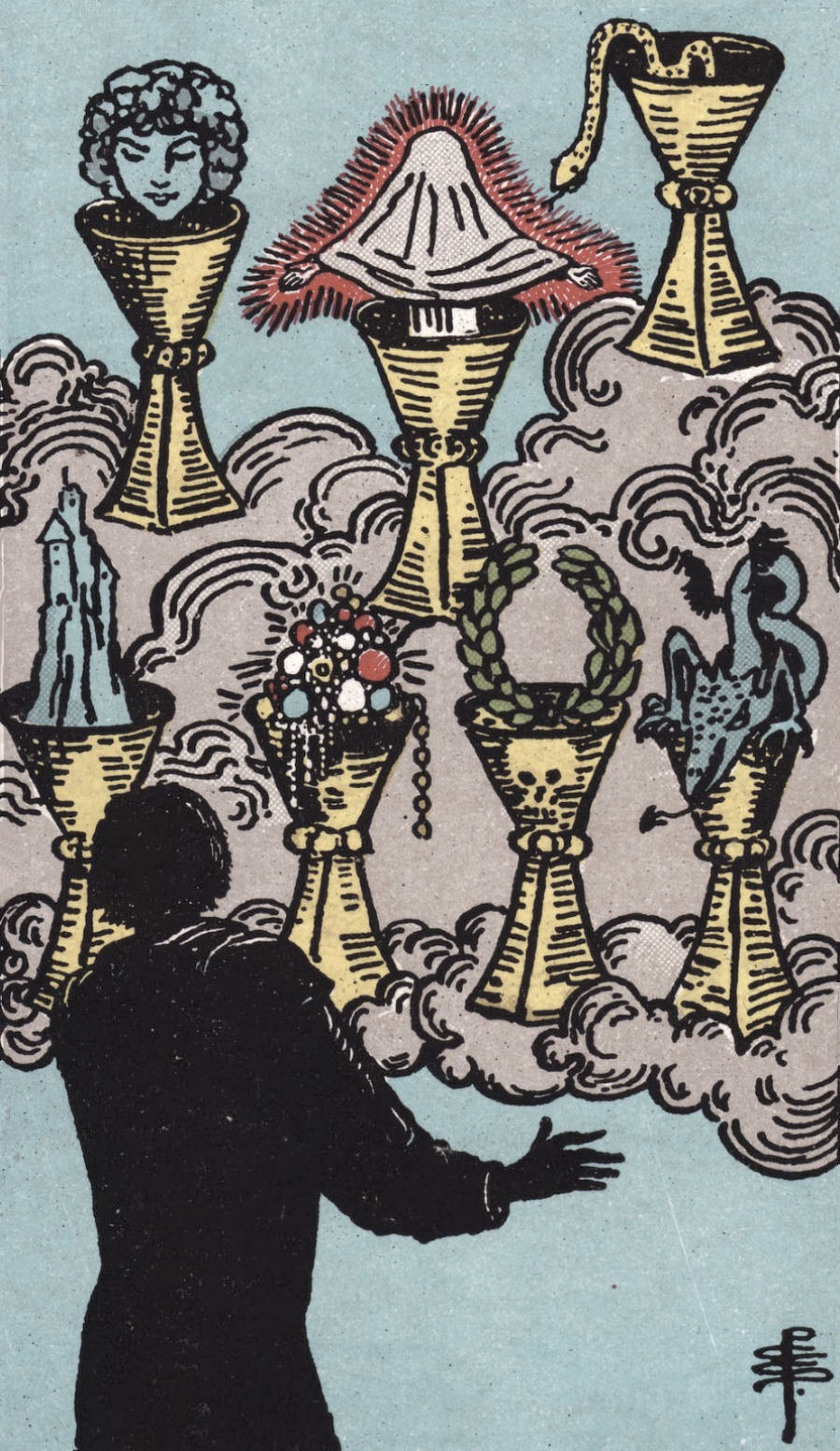
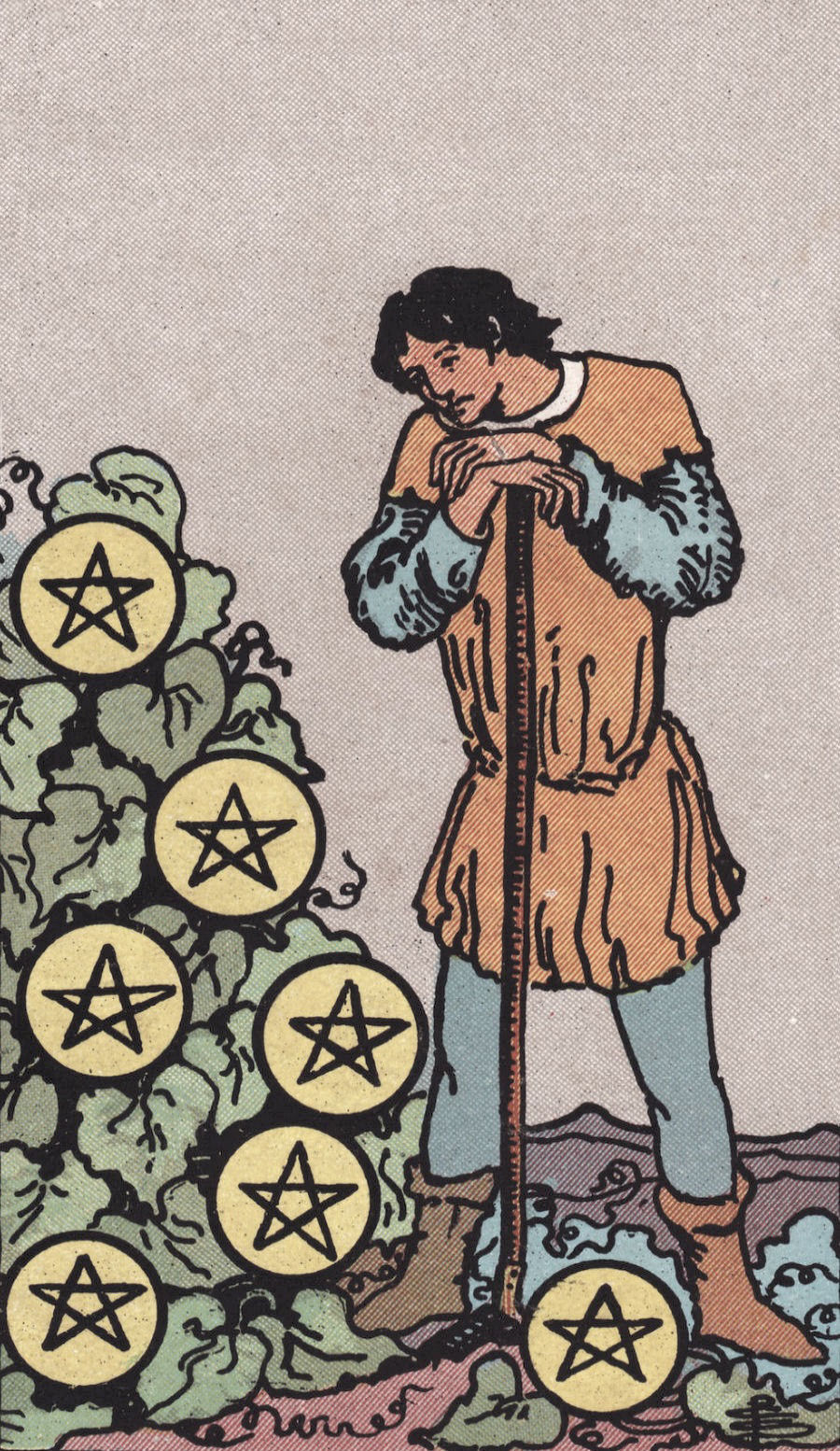
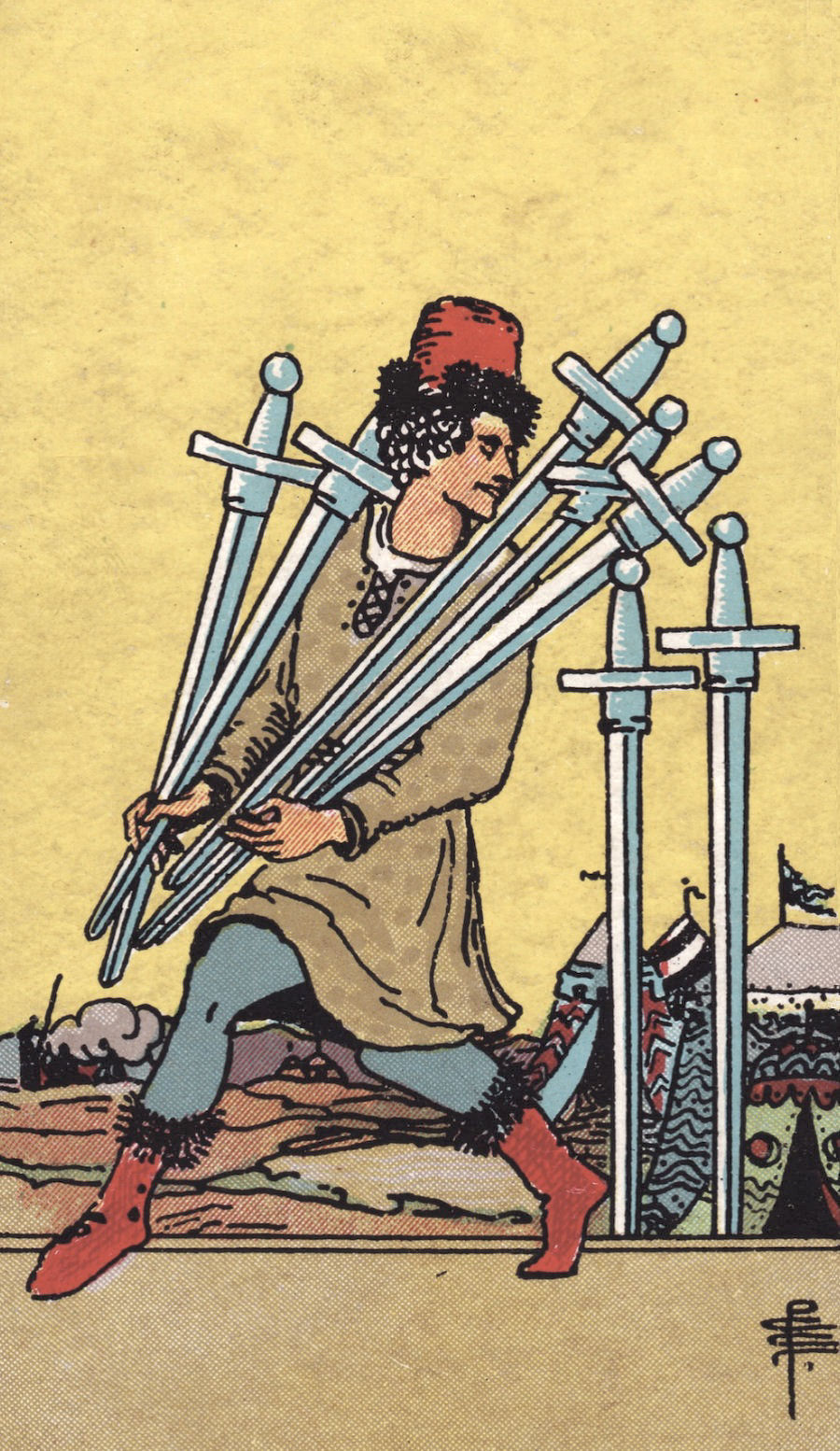










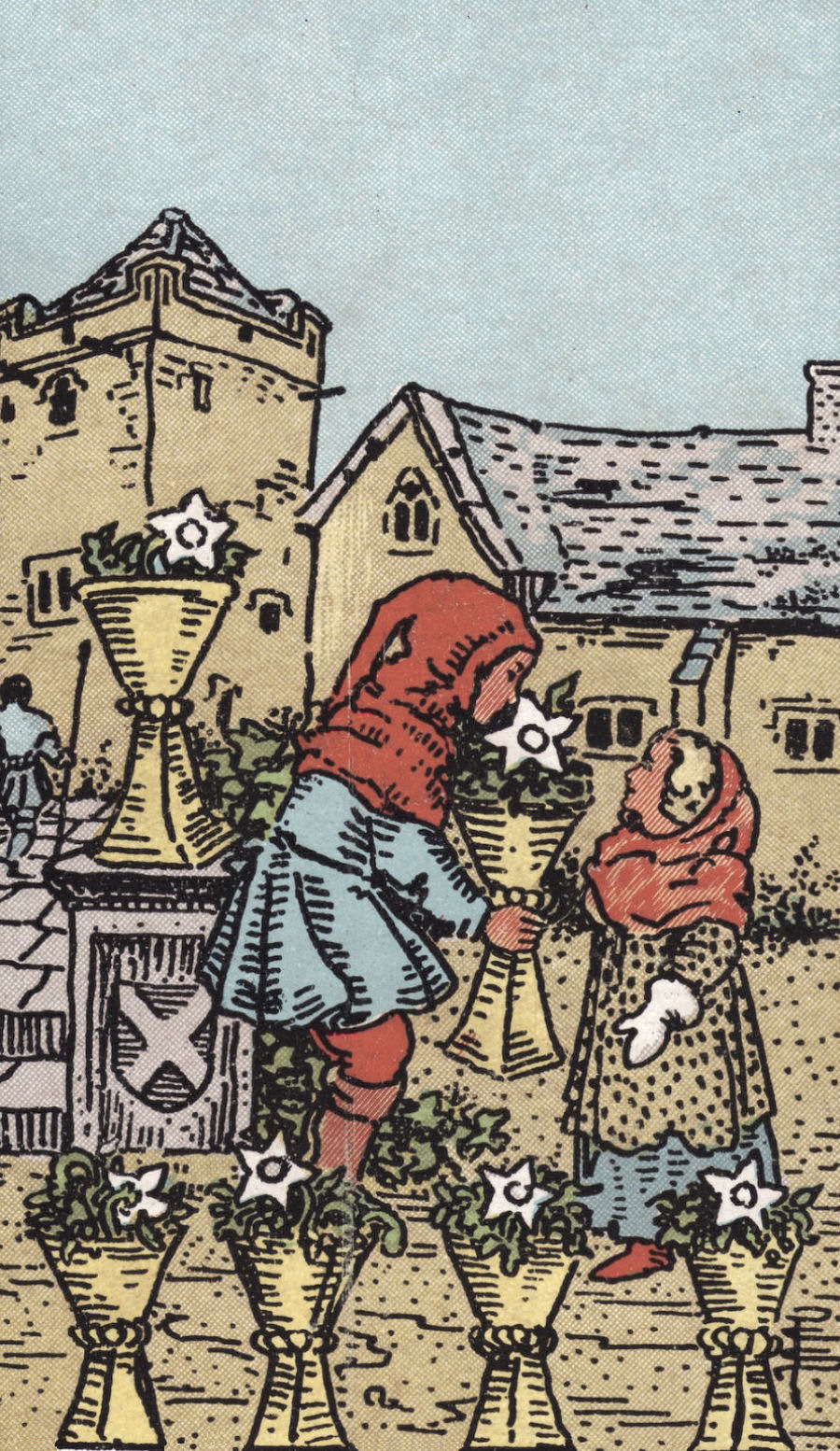
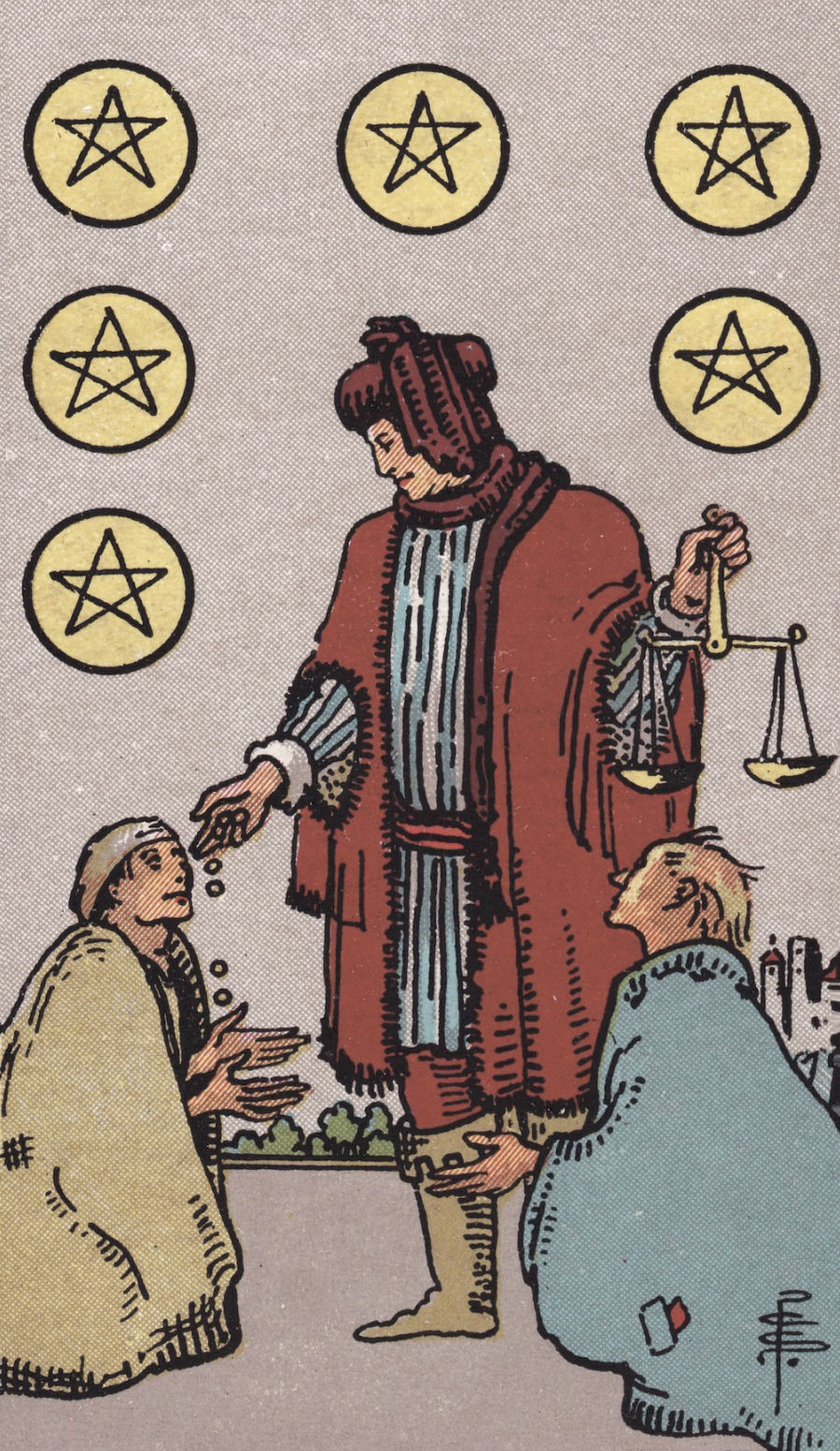

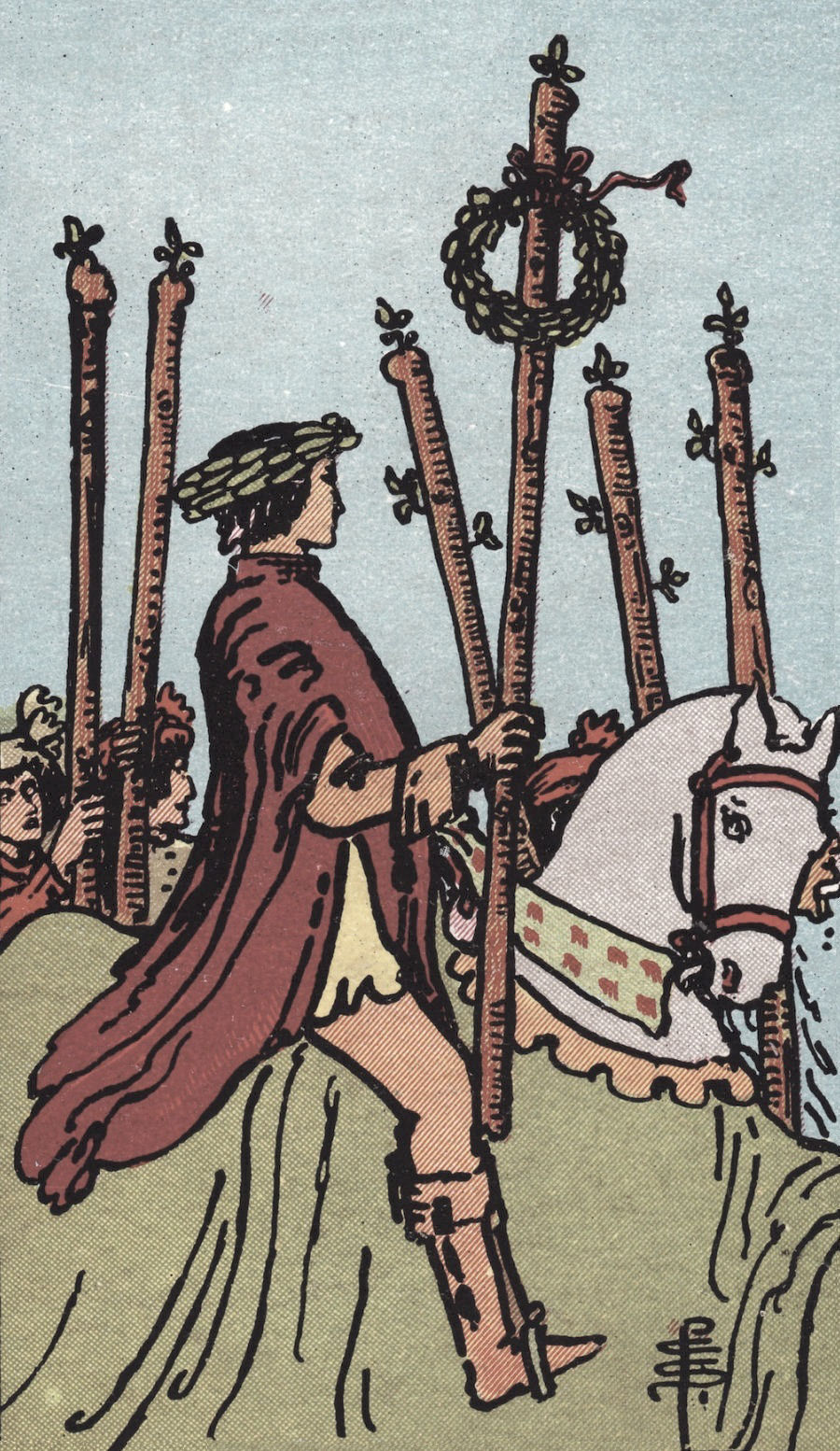

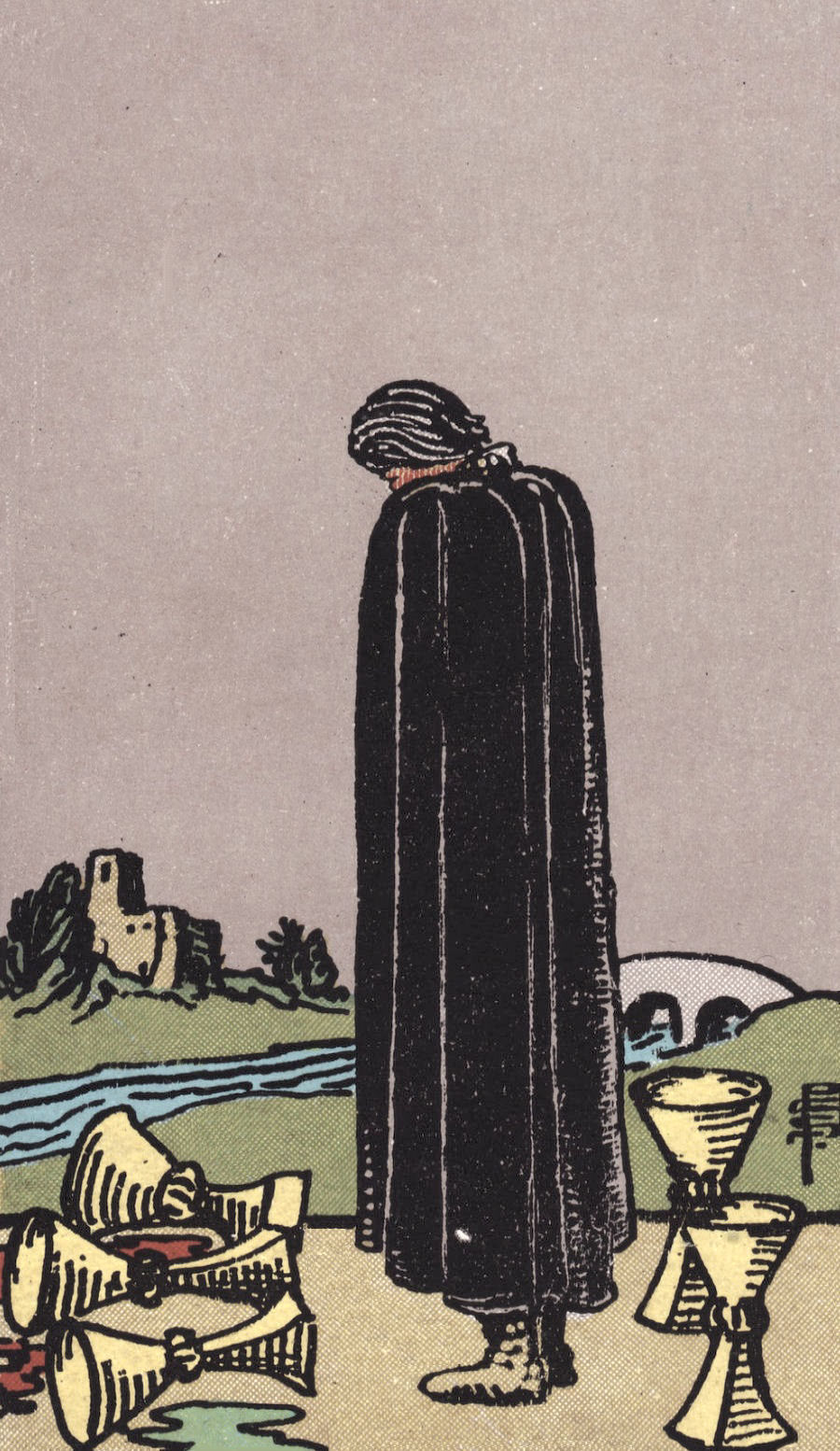
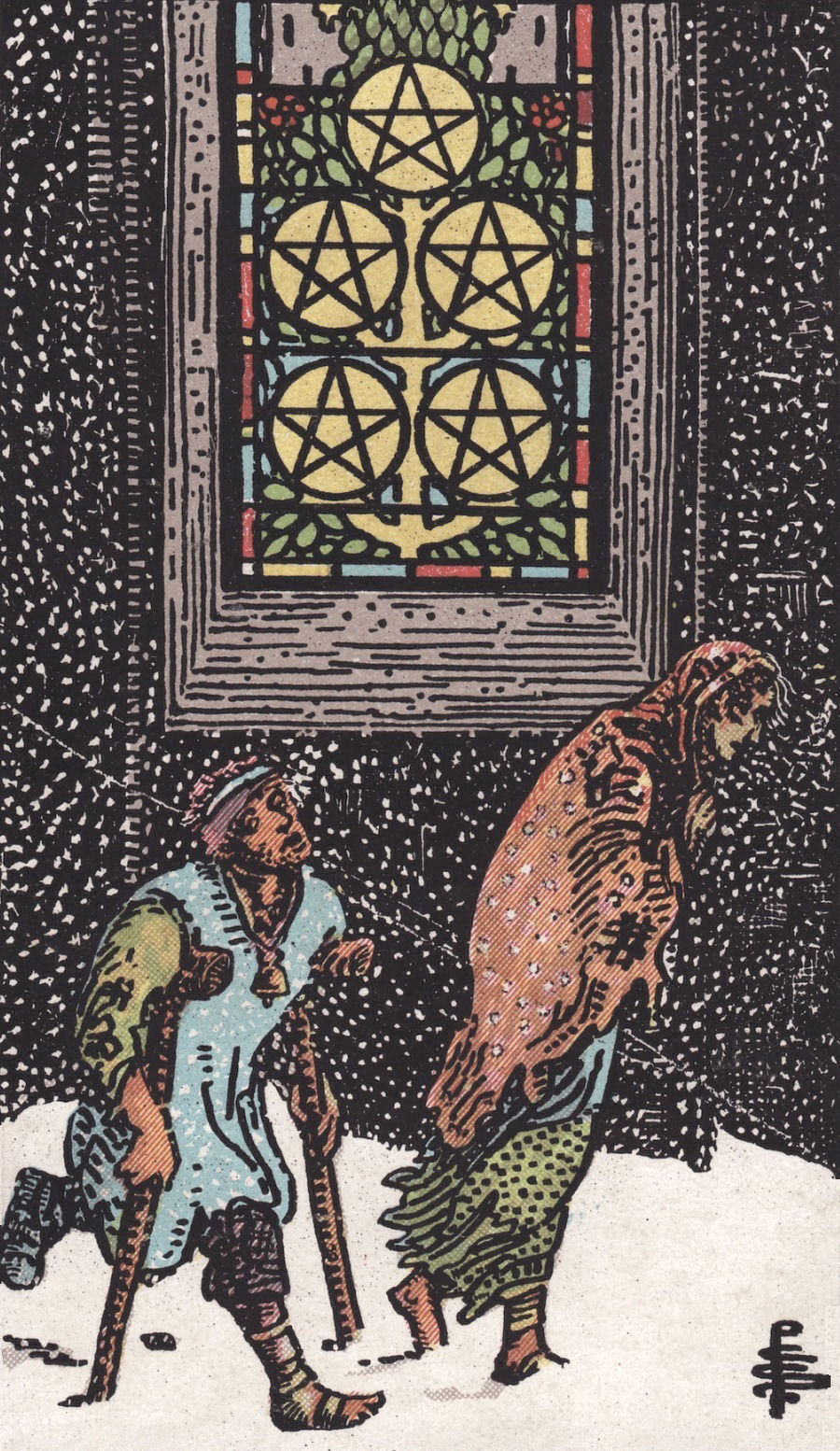
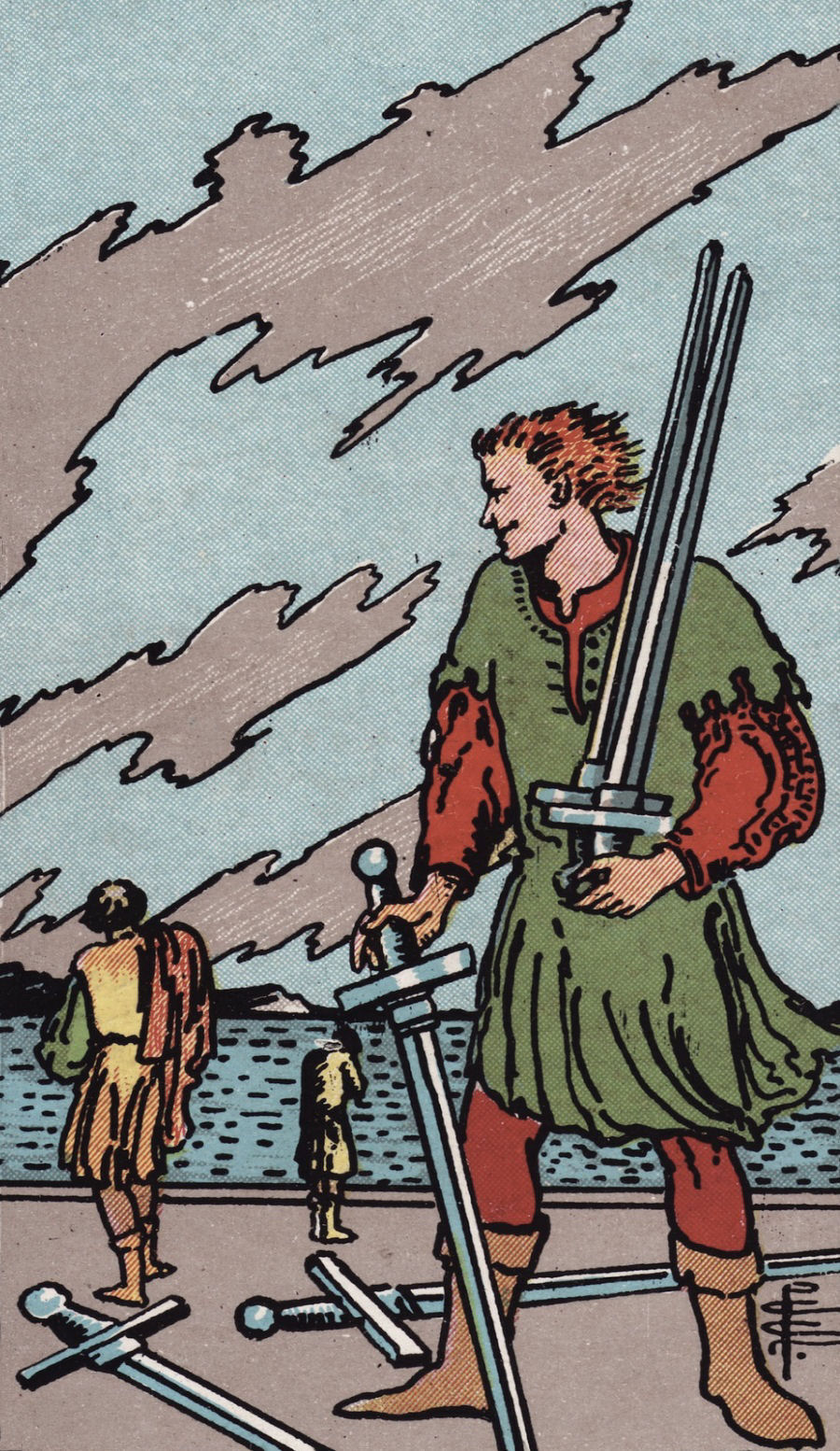
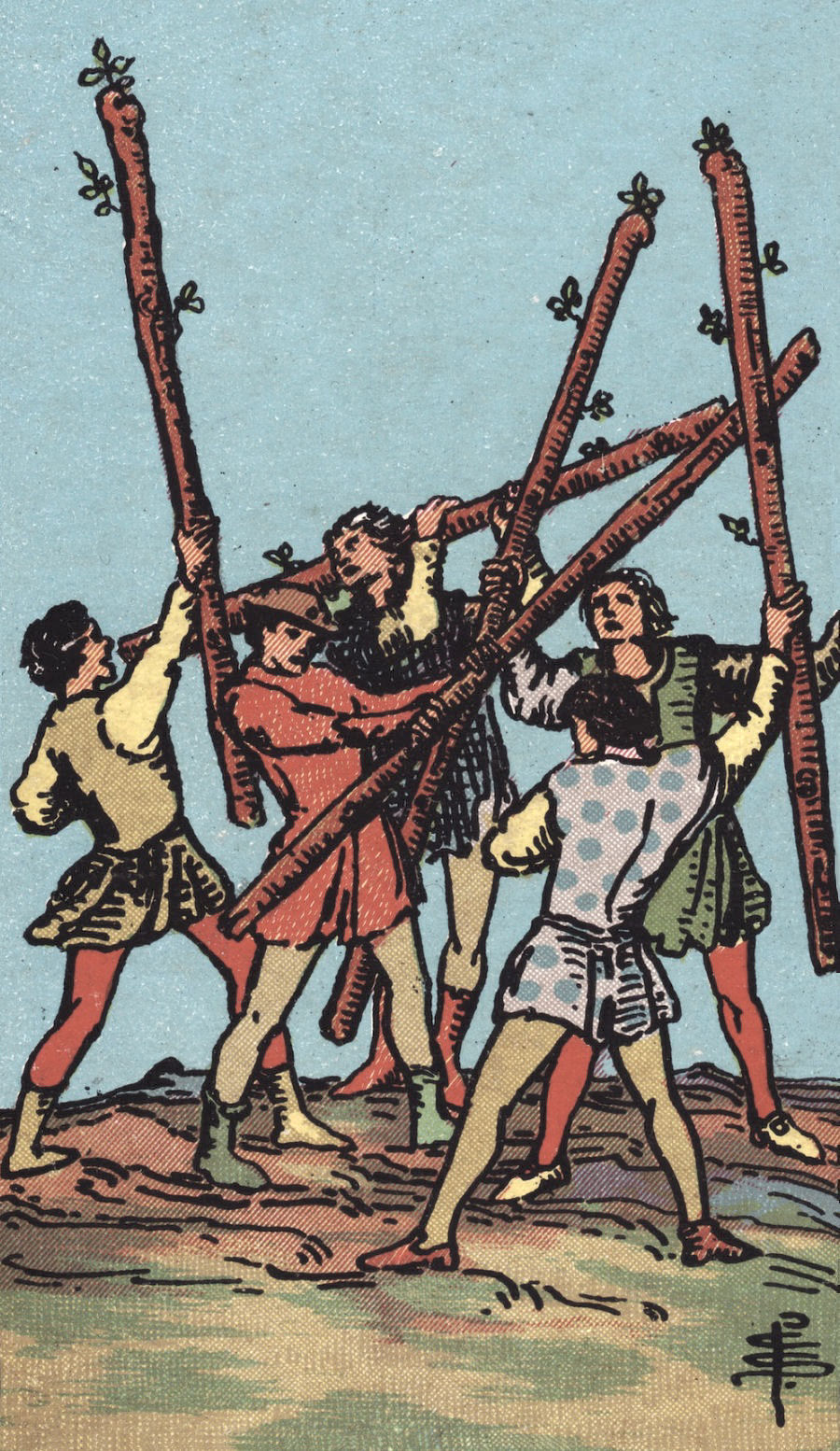
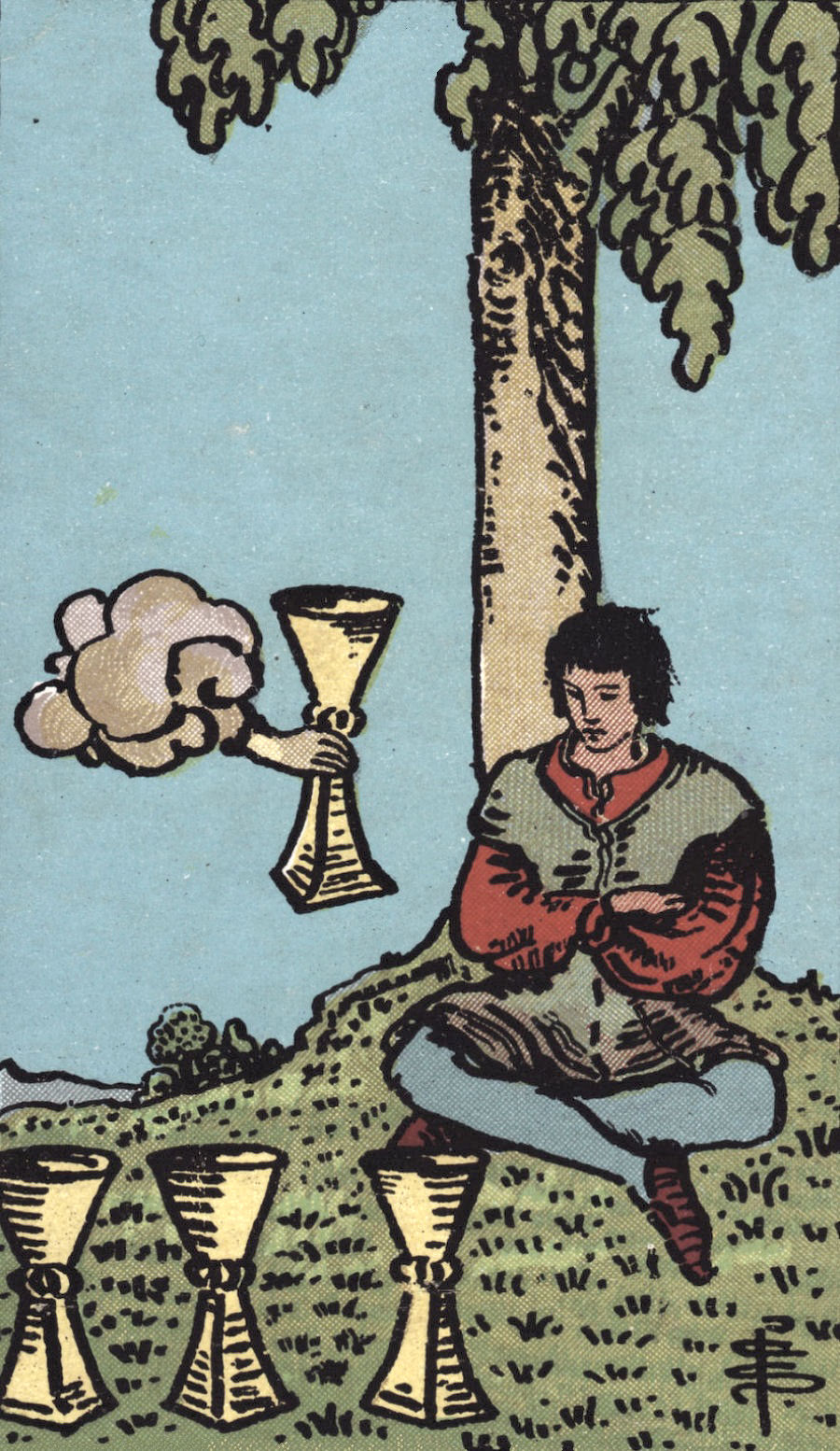
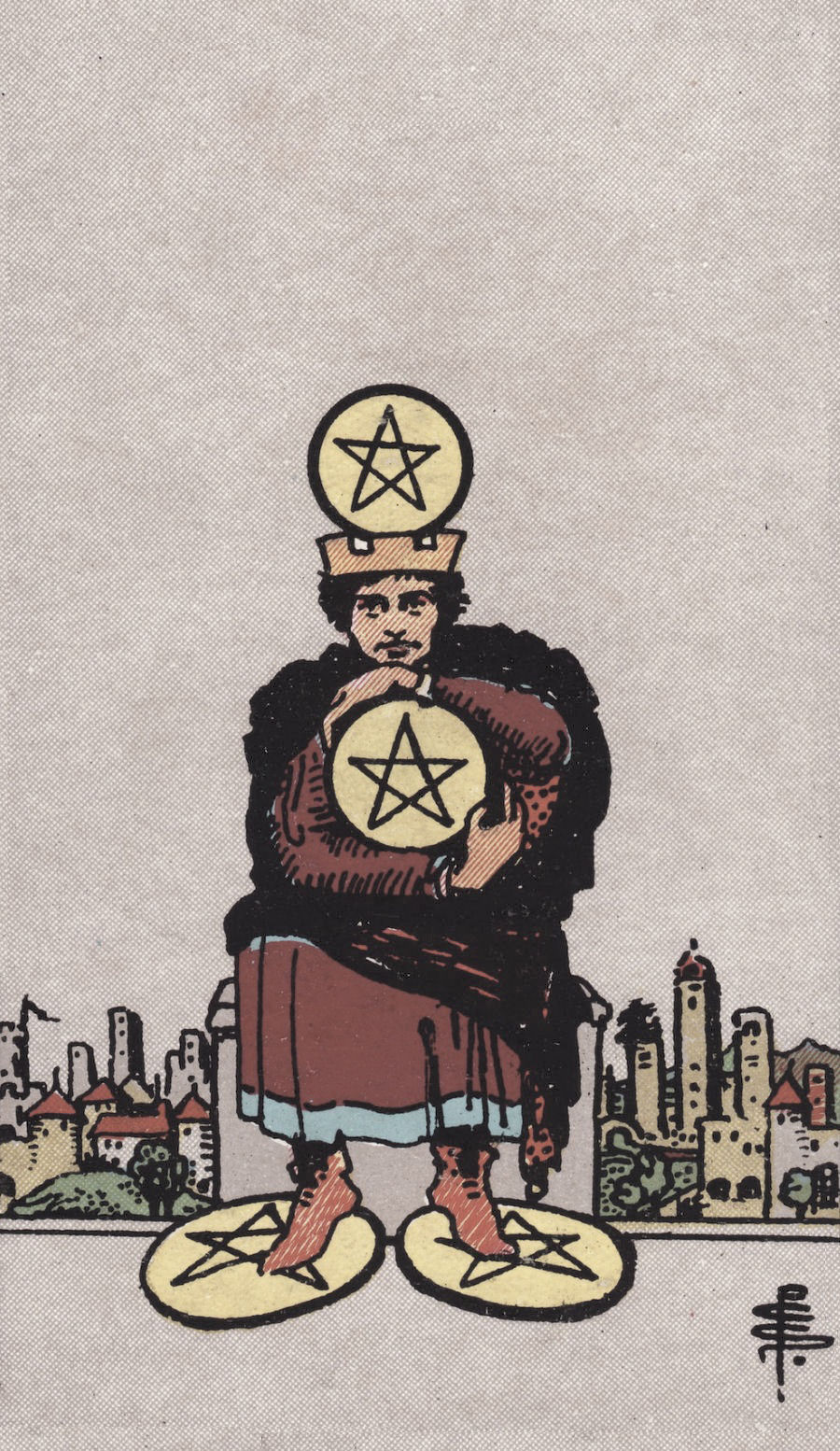
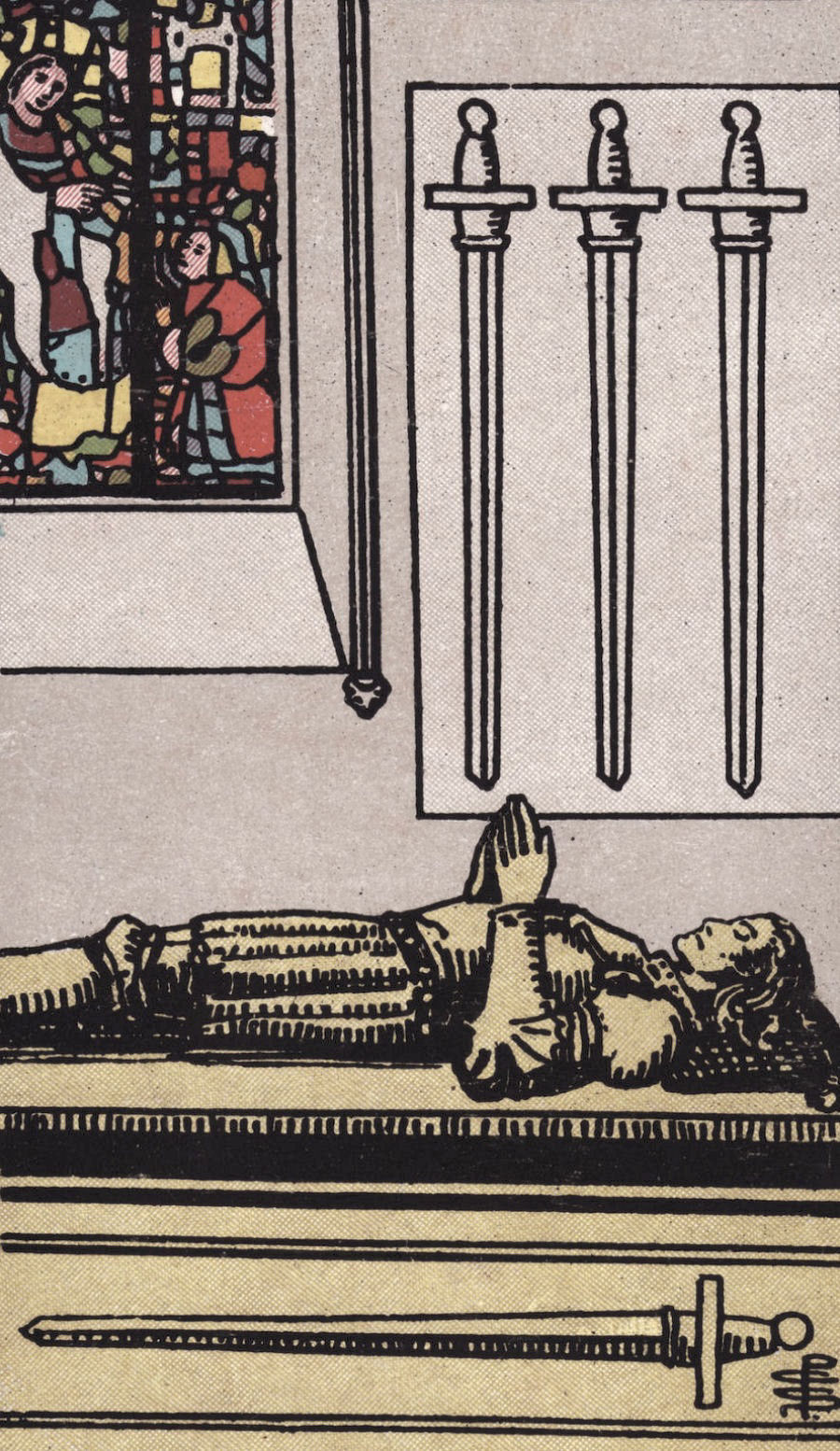
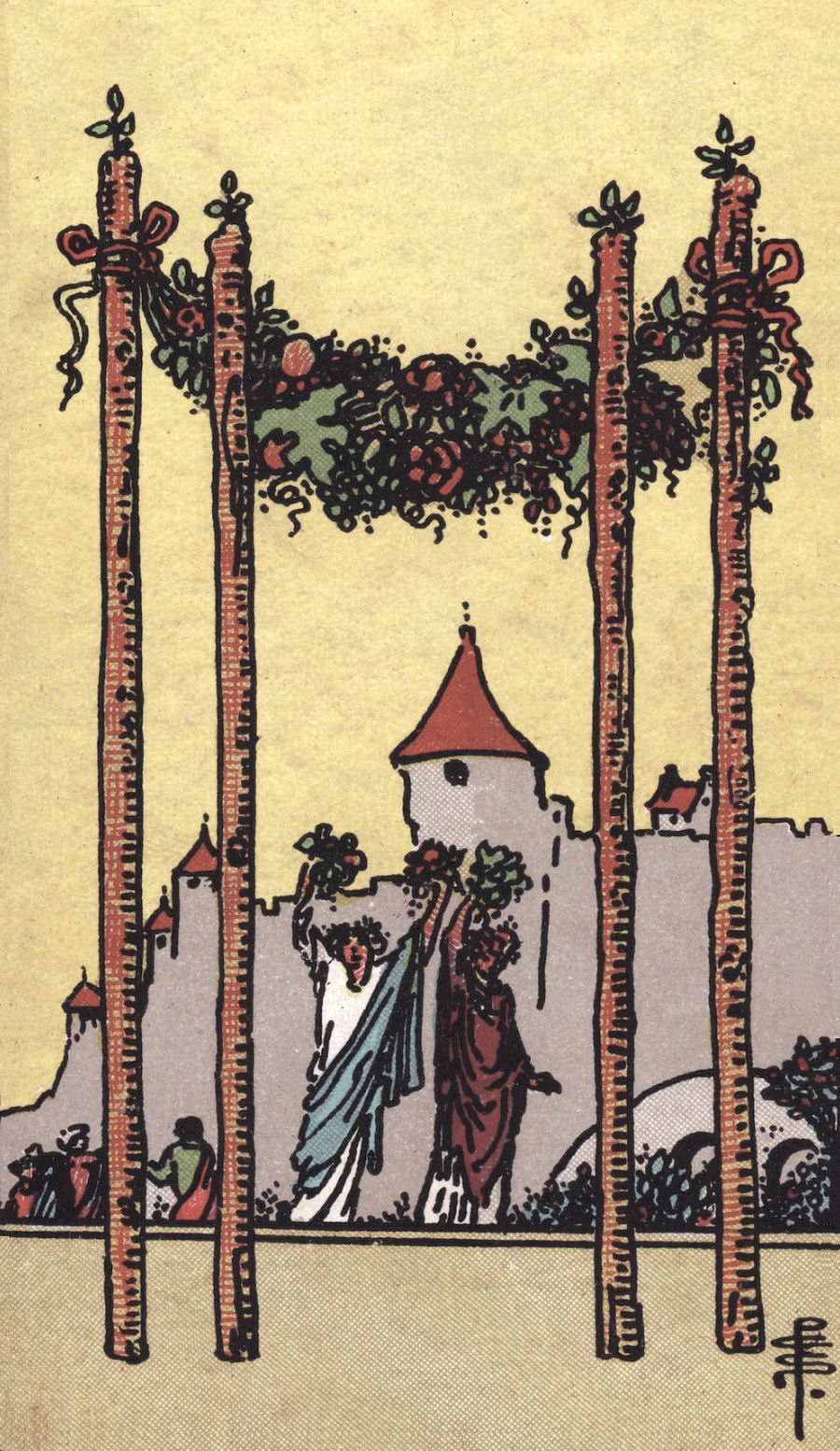

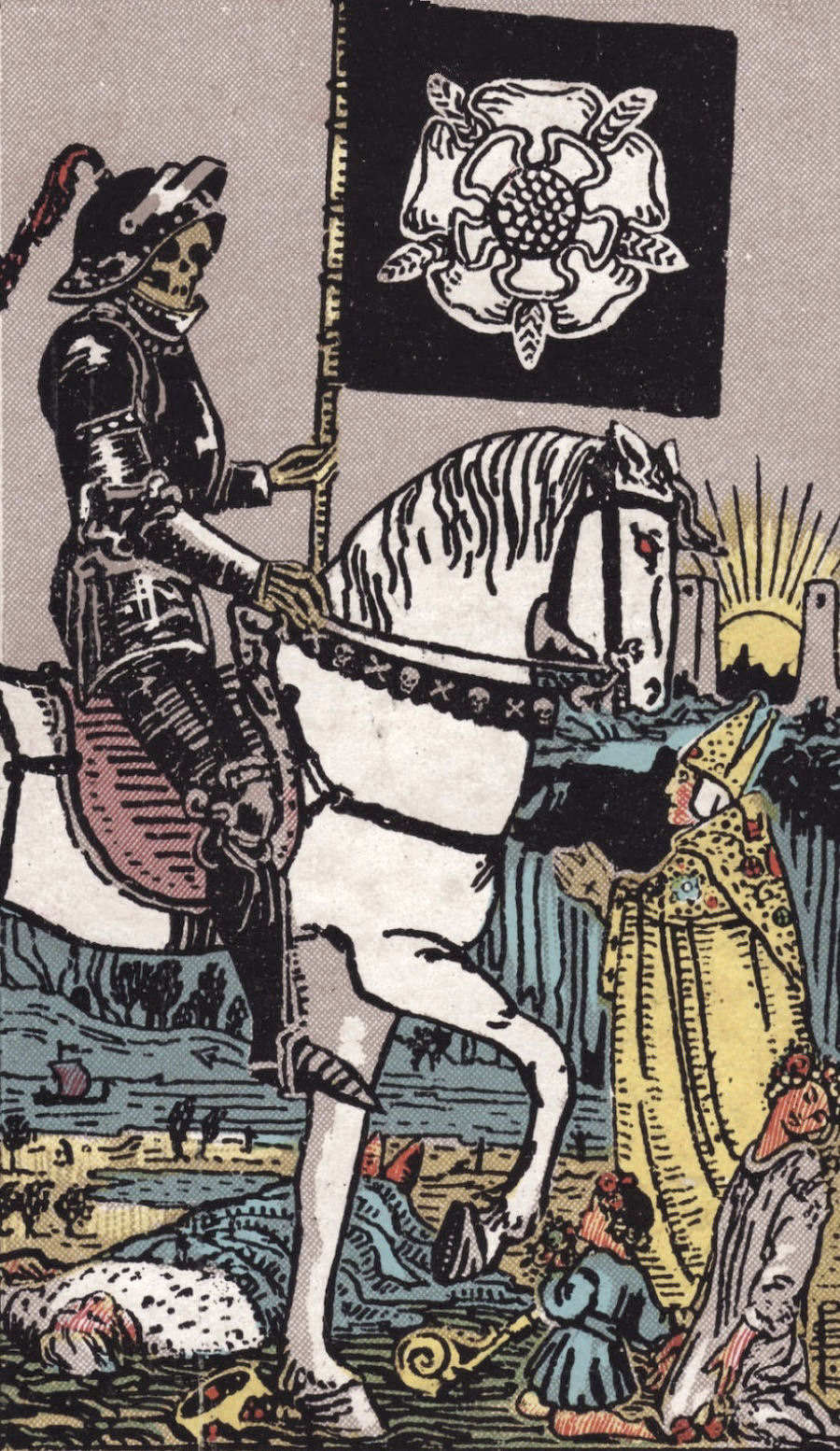

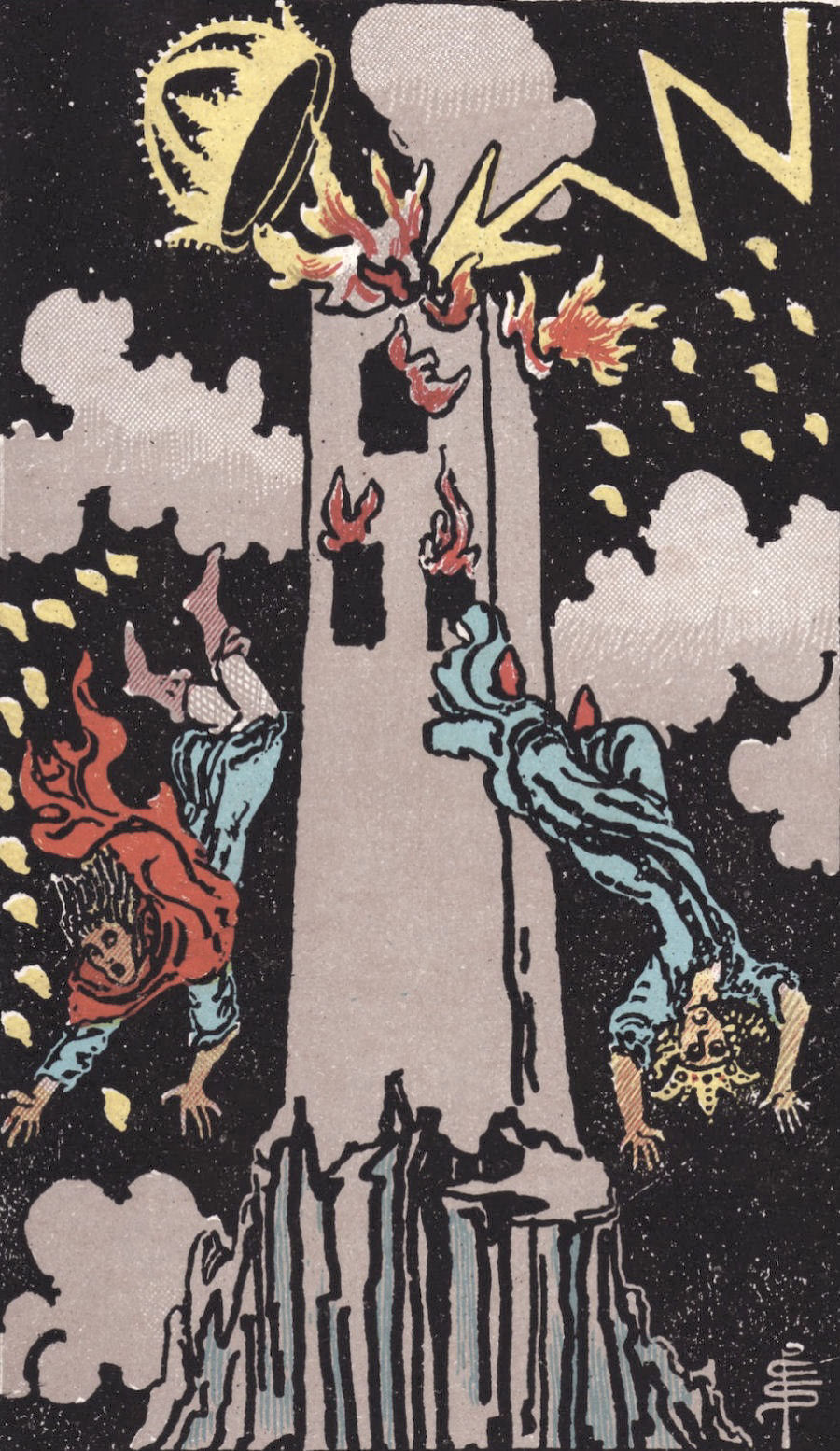
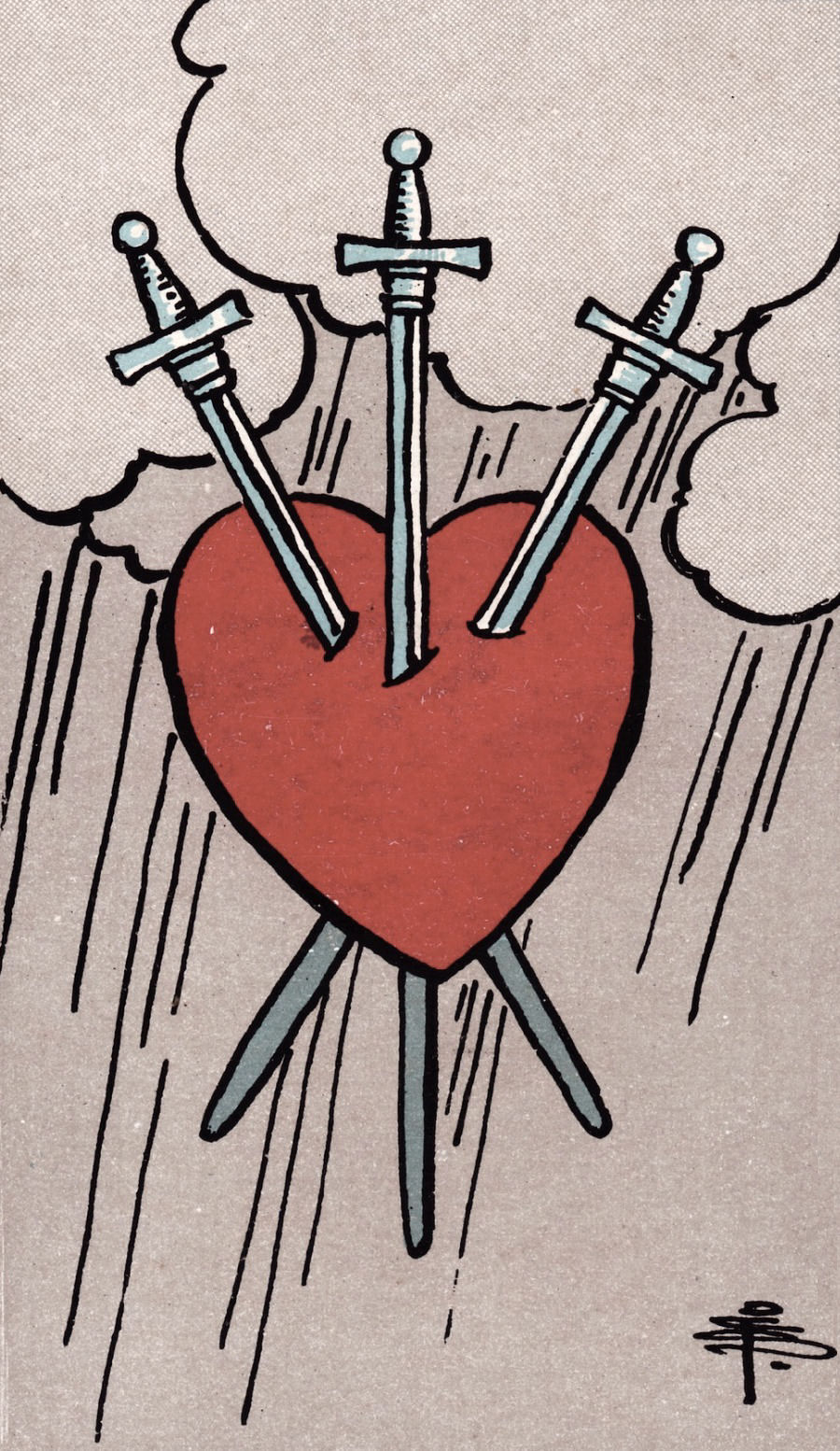










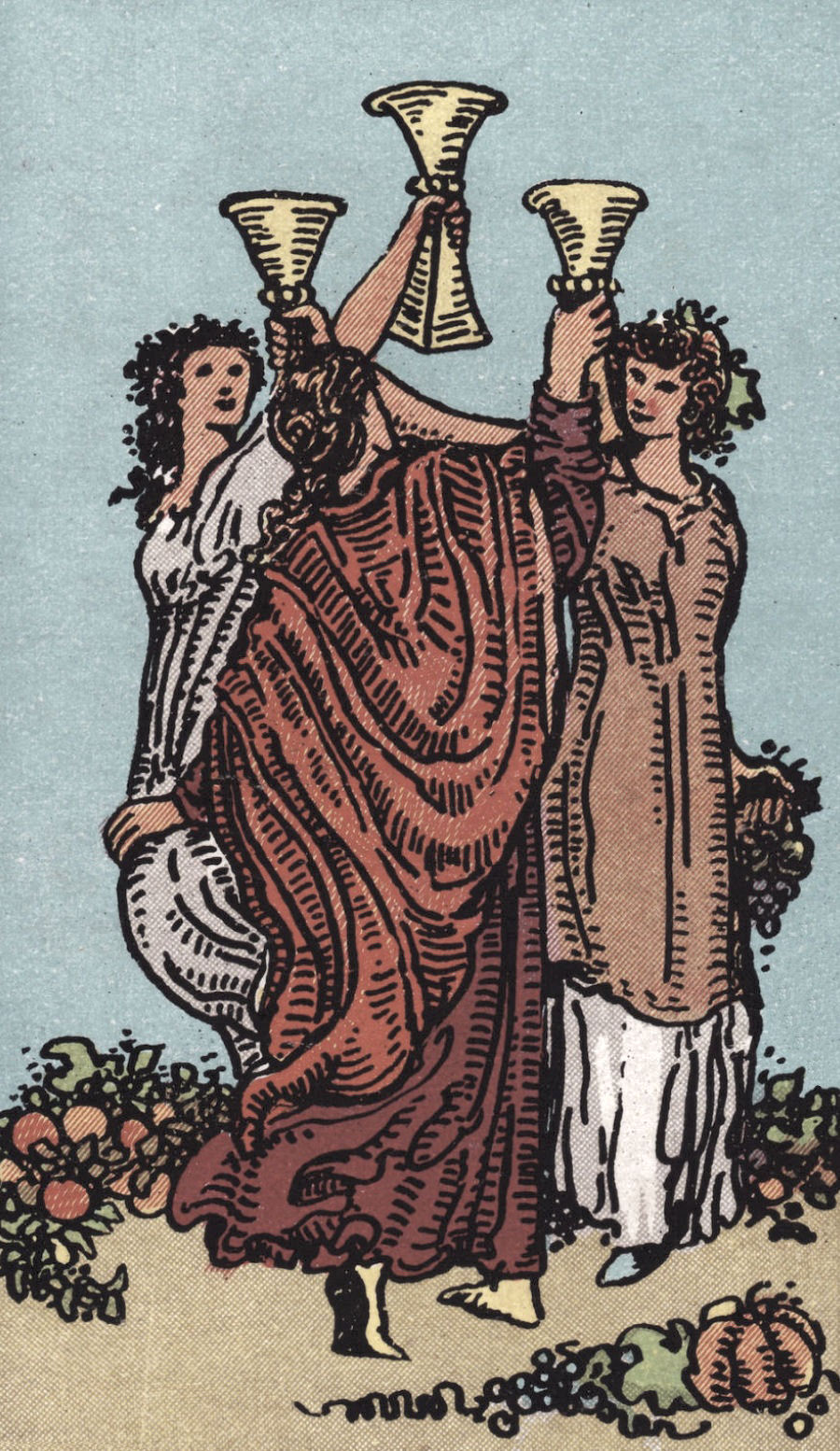
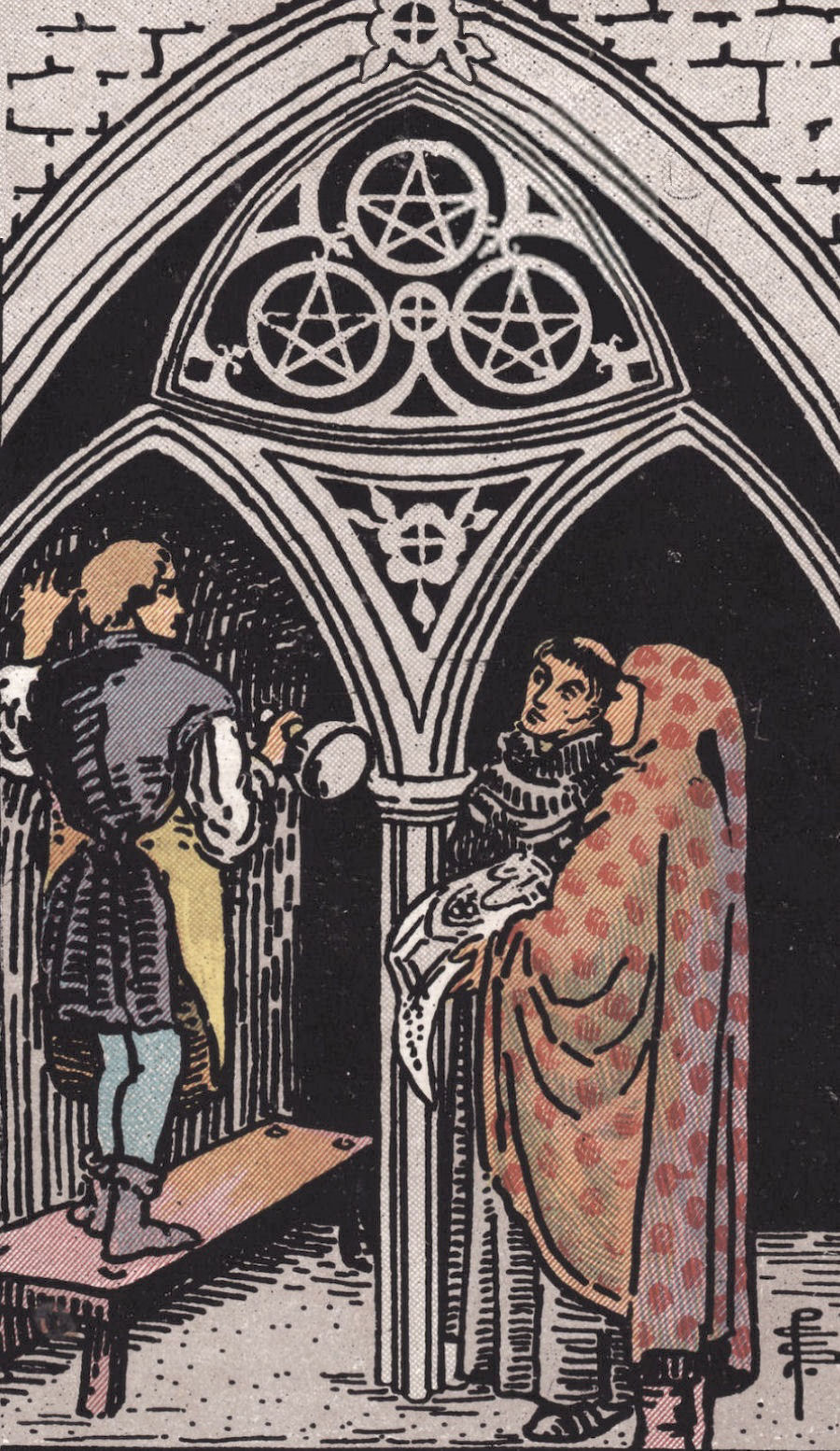

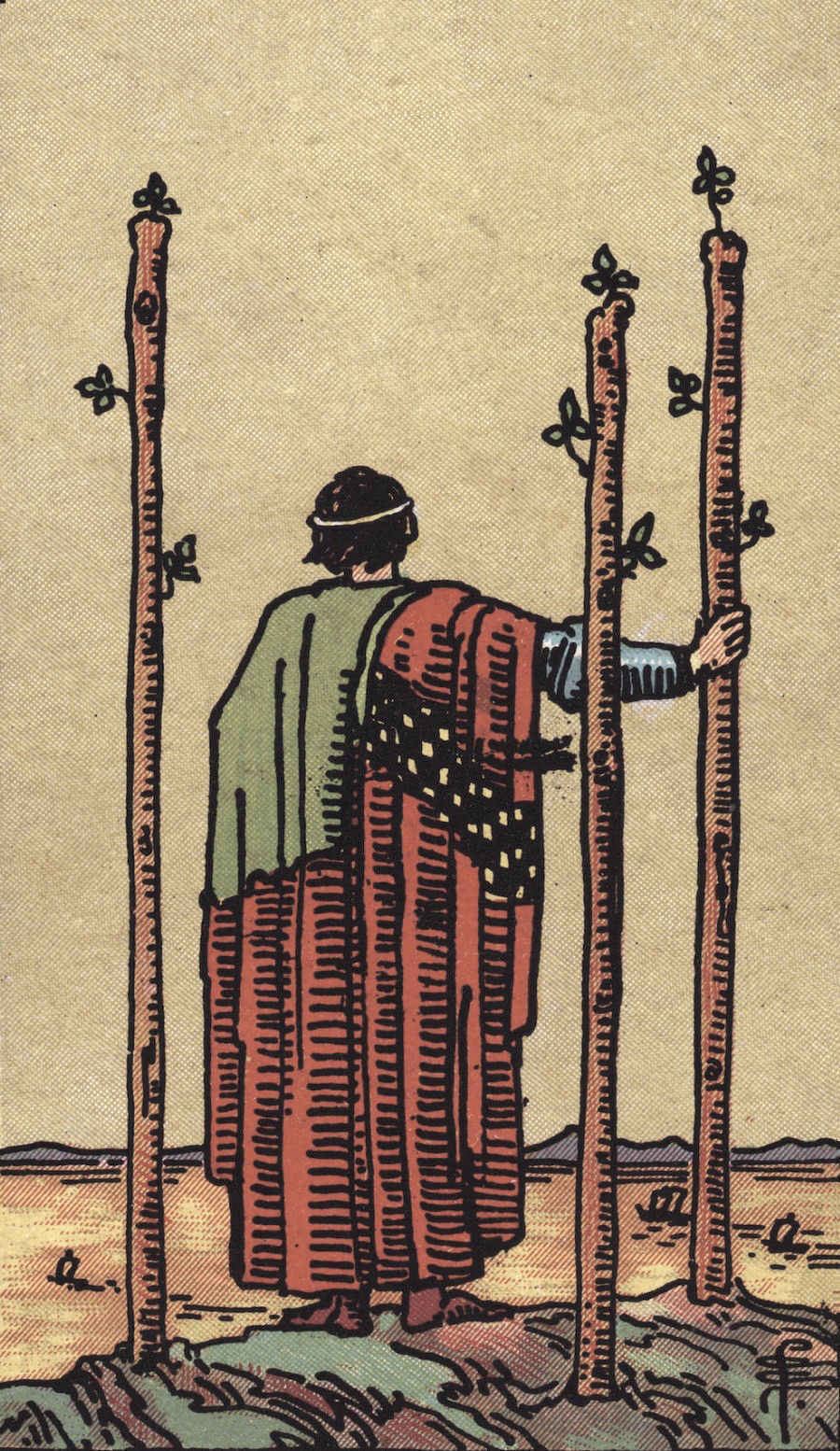

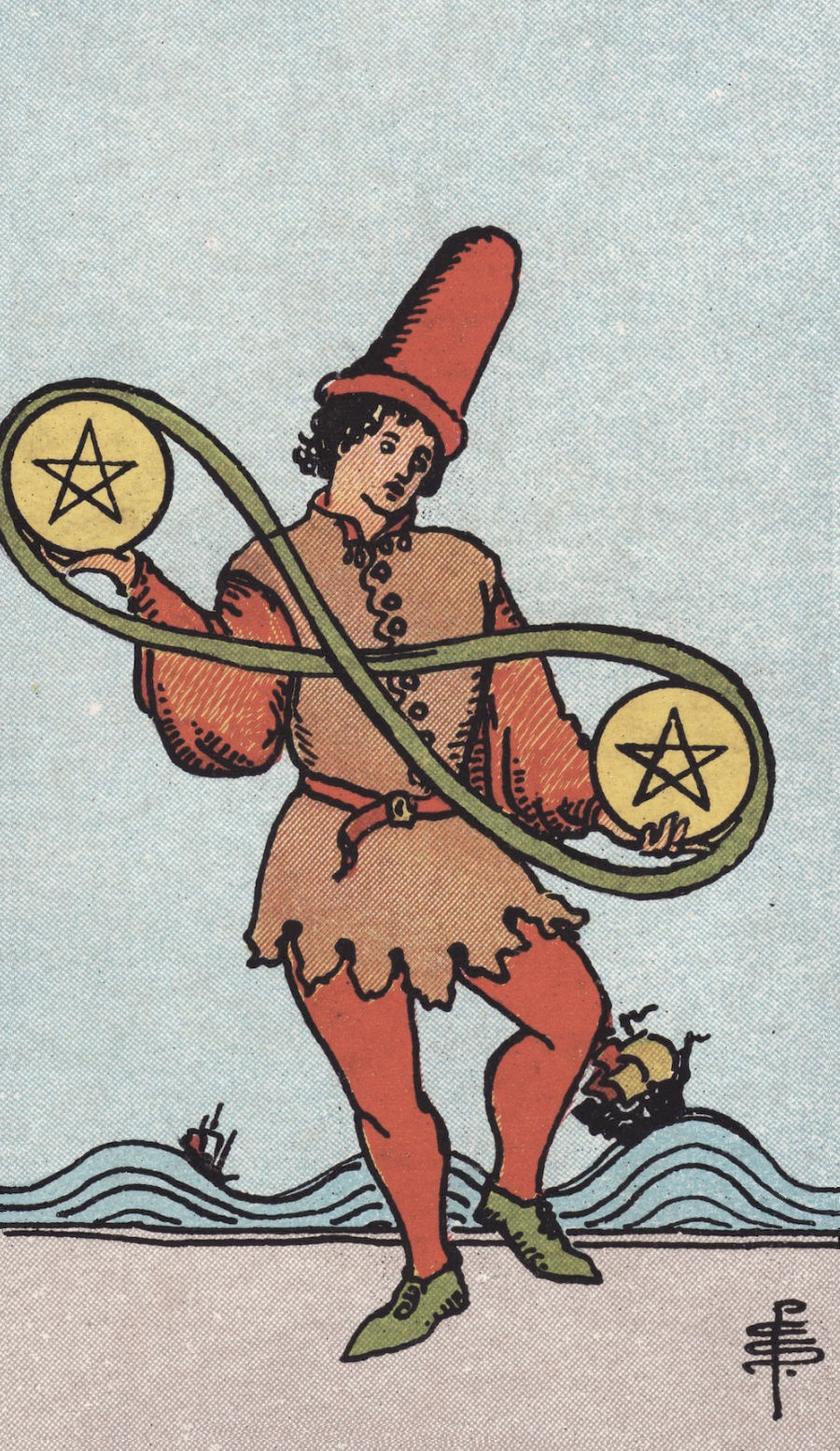
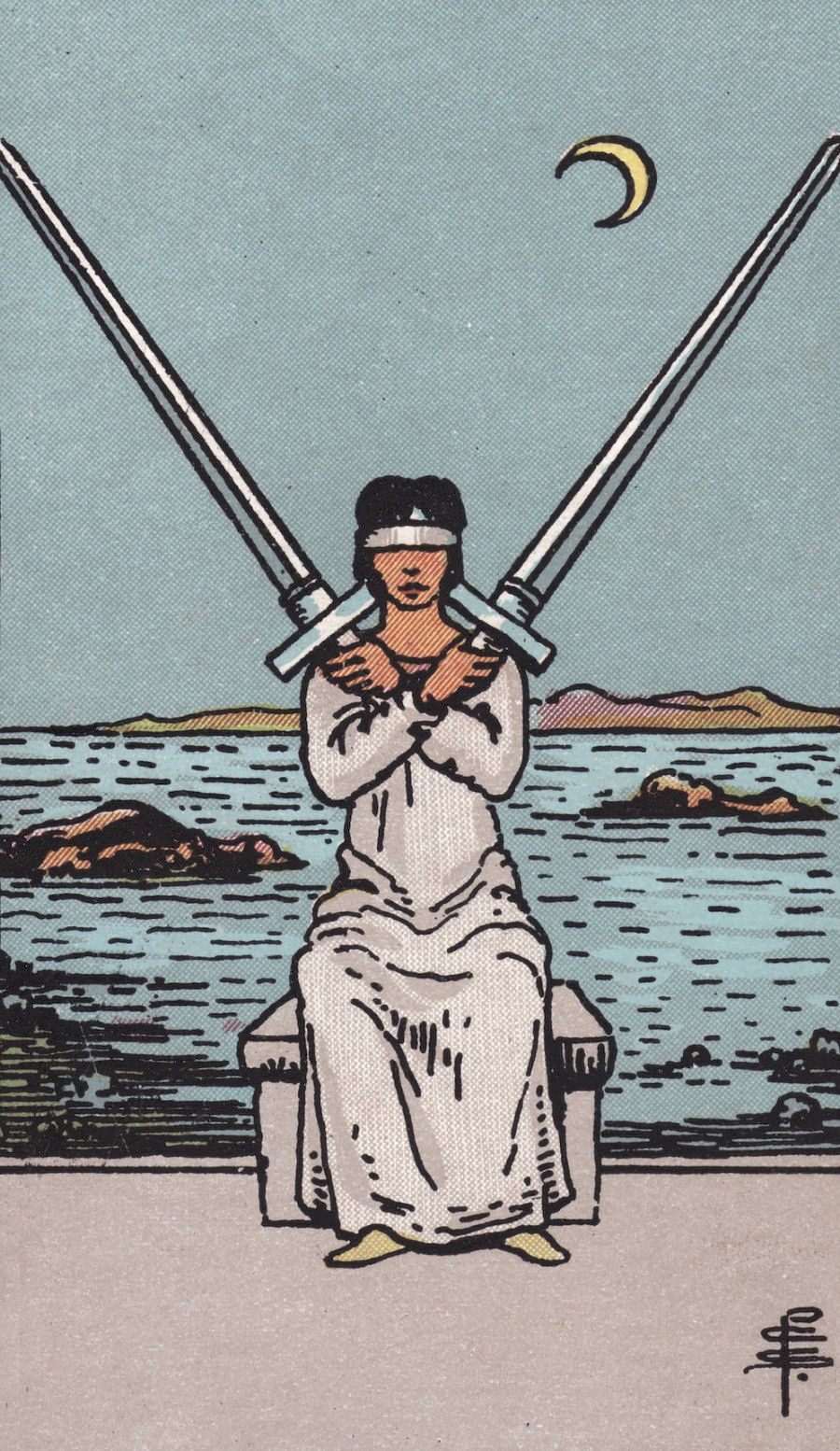
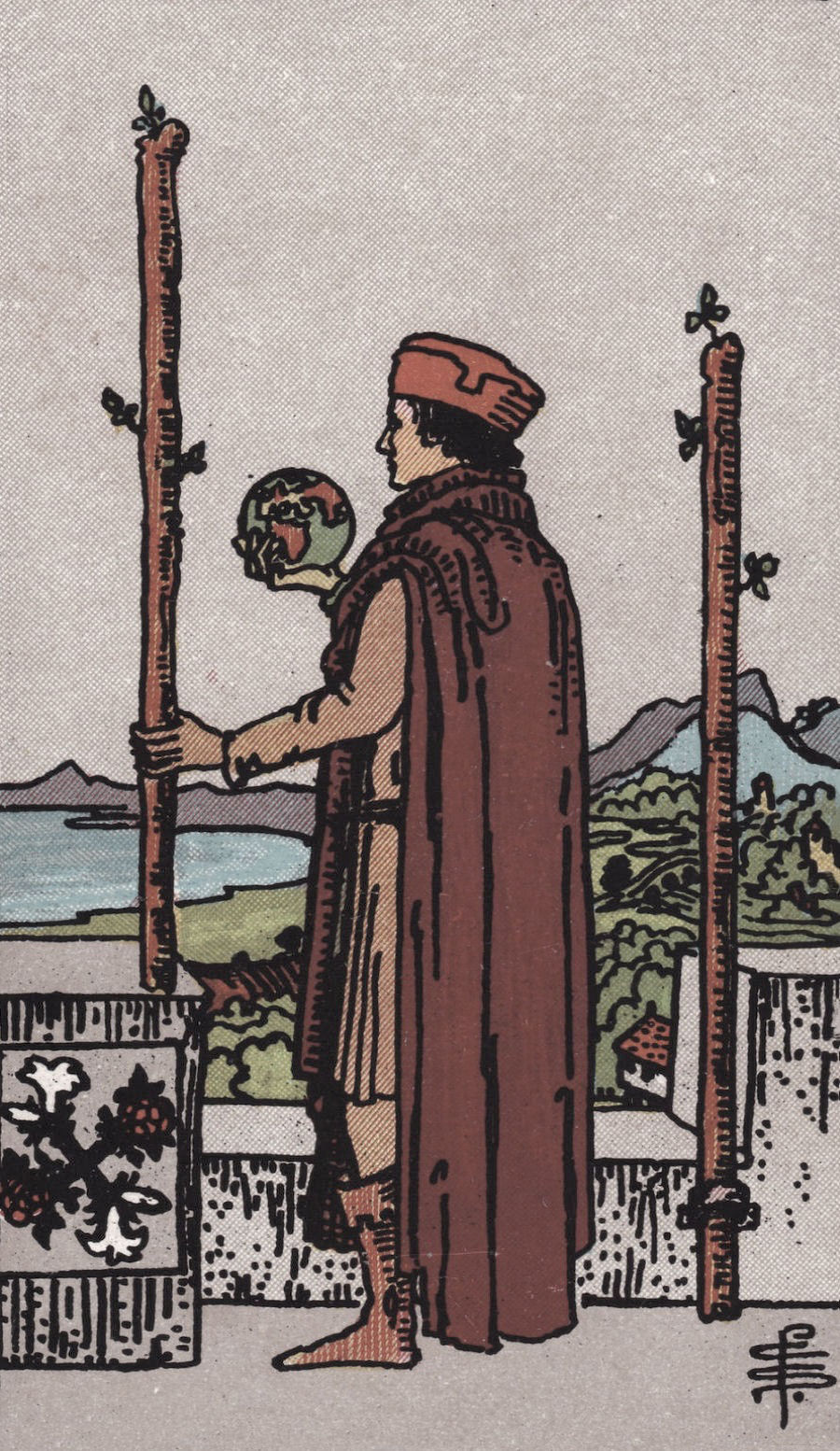


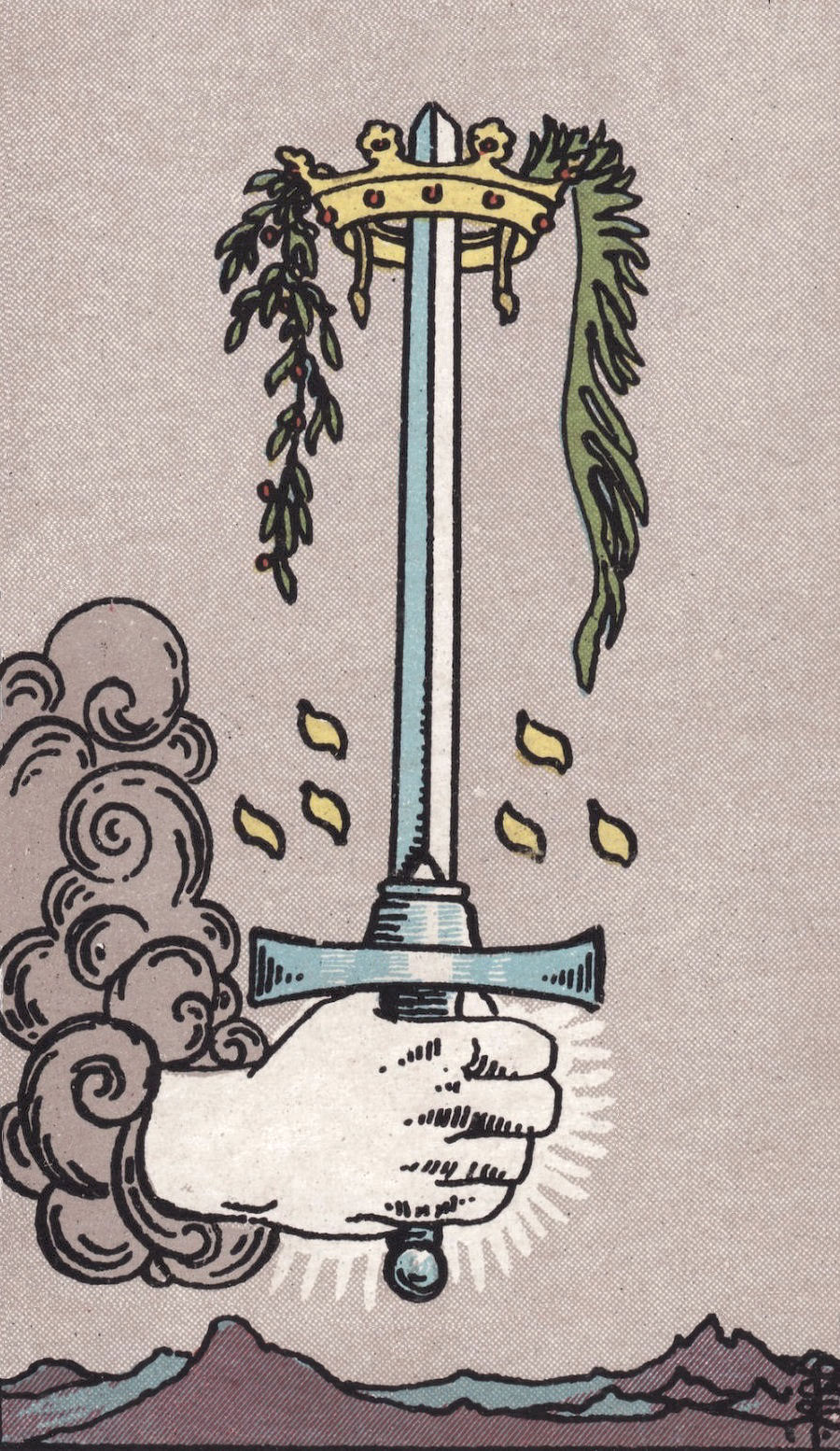
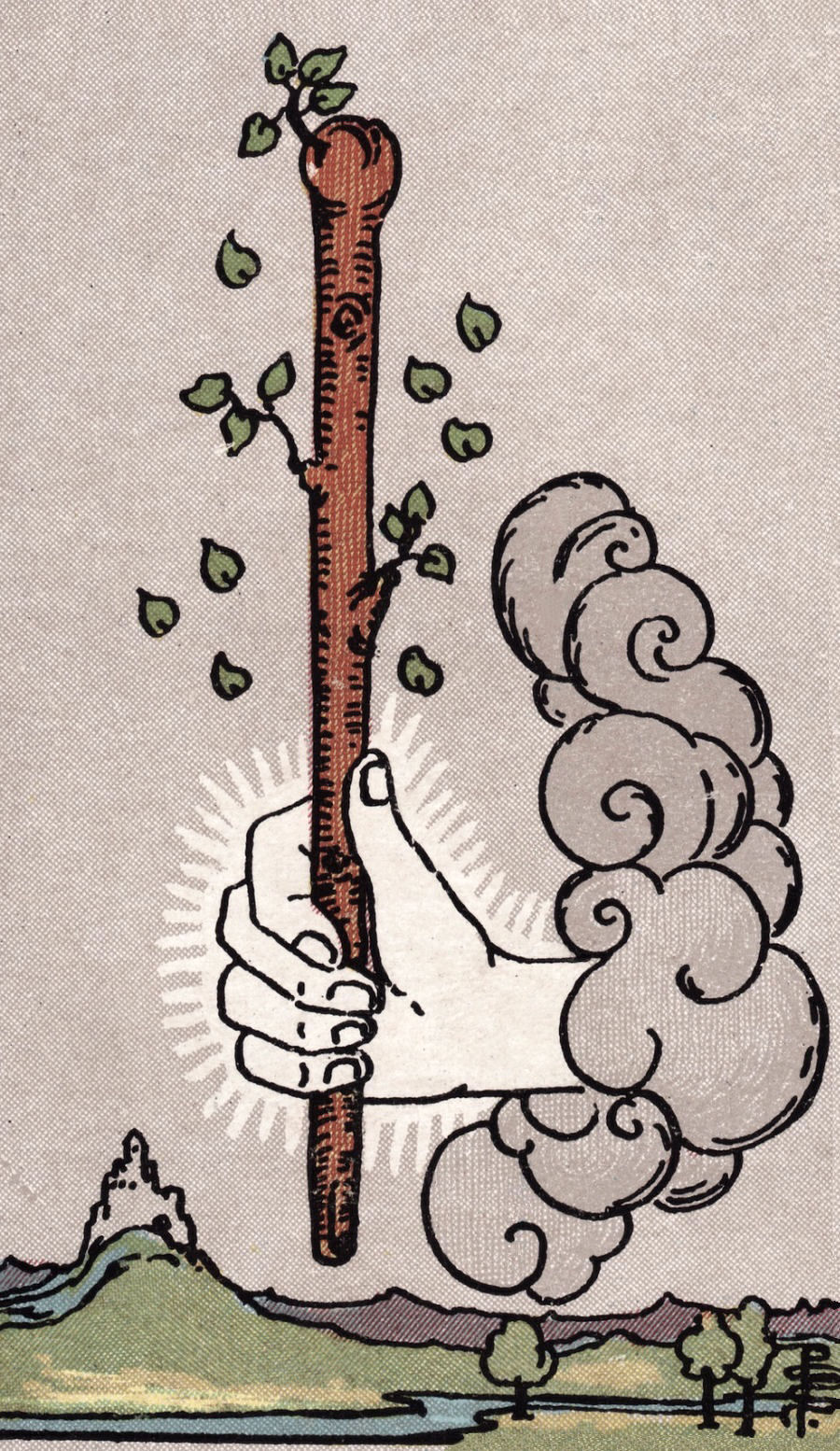



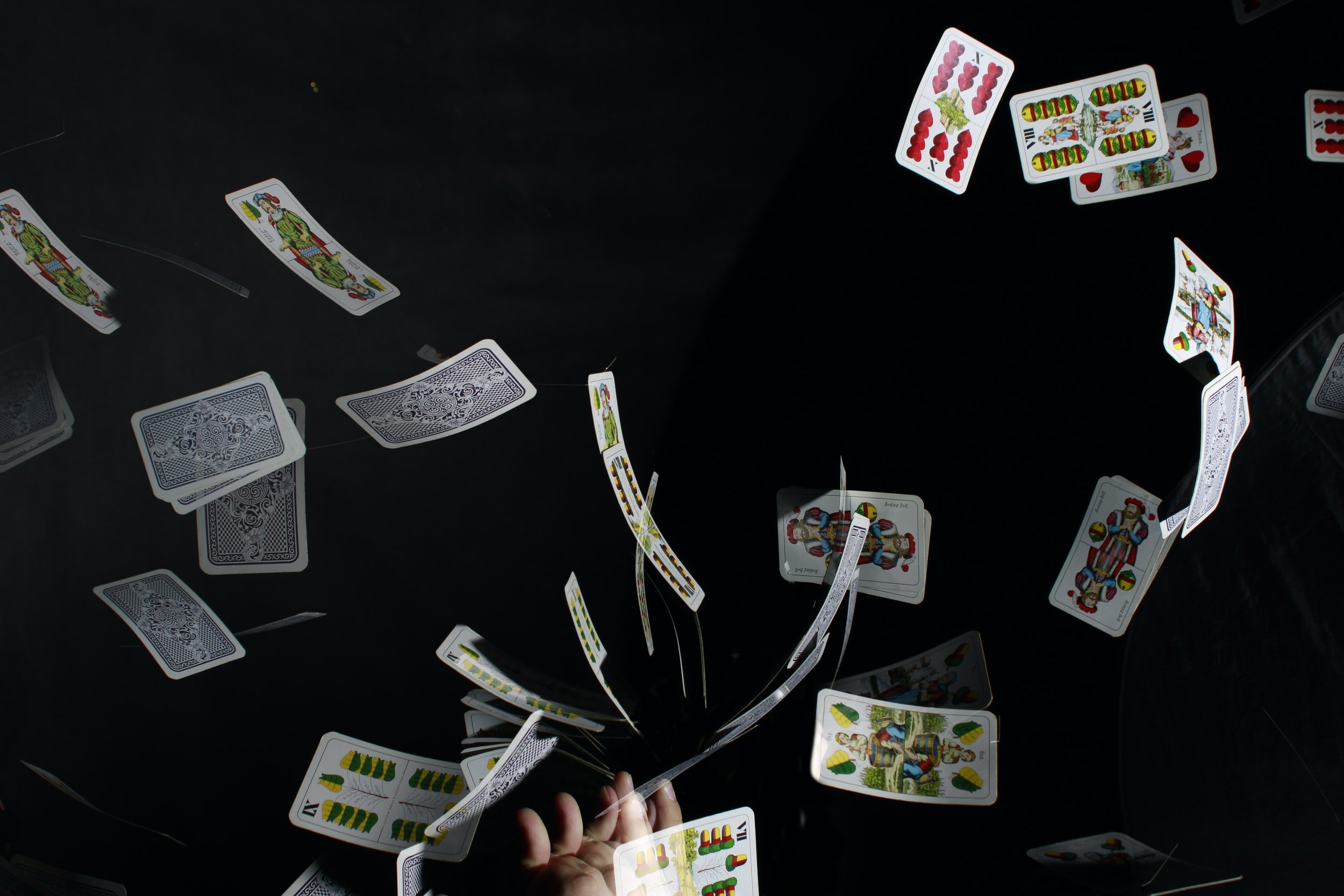





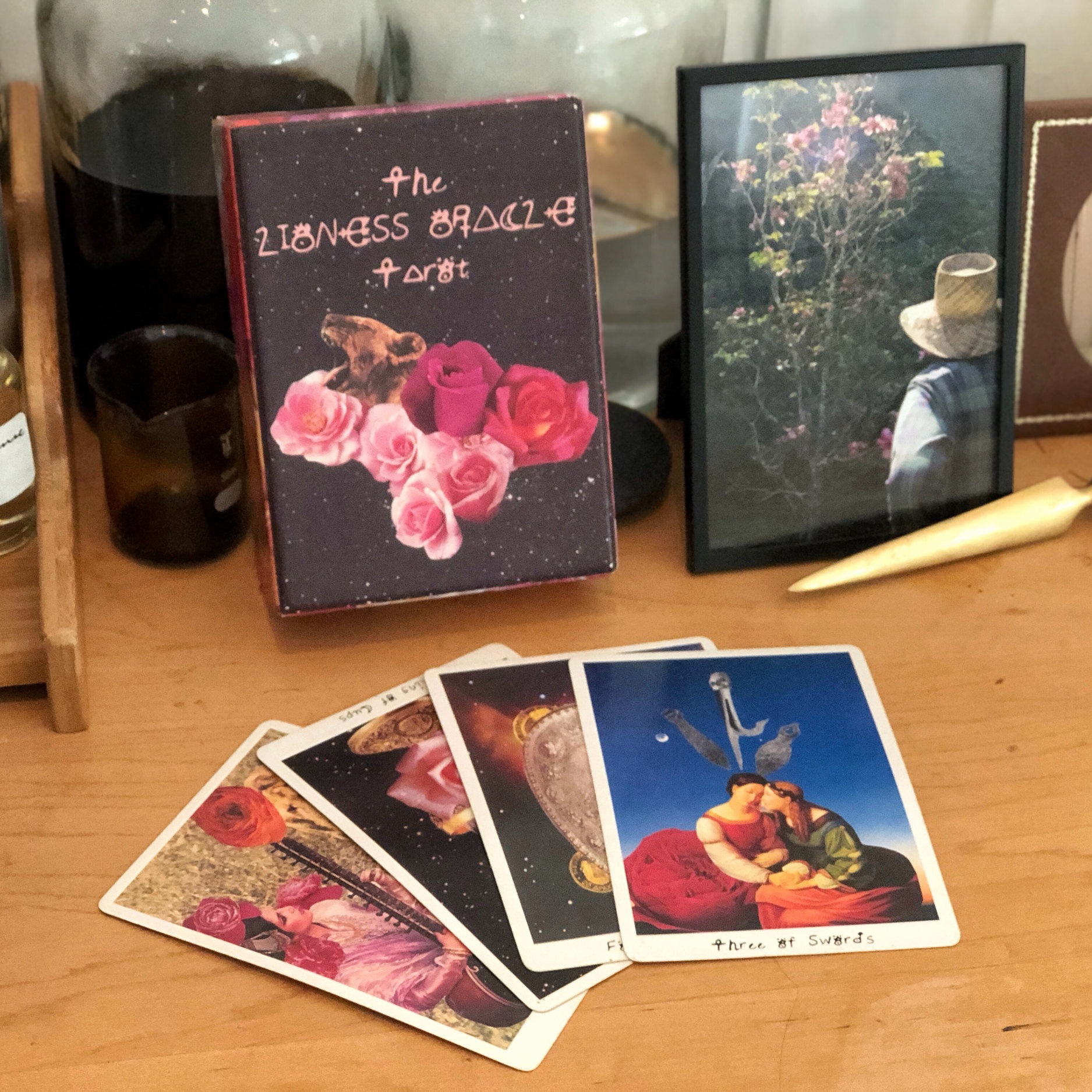

We’re using a different deck than normal this week, for no other reason that that it was the closest to my morning writing spot - nestled in bed under a crisp, white duvet. Our cards have a similar energy, a focus on finding comfort and rest in difficult situations. Because, as you’ve likely noticed, The Tower is starting things off this week. What’s crumbling or has crumbled recently? What is making you tired?